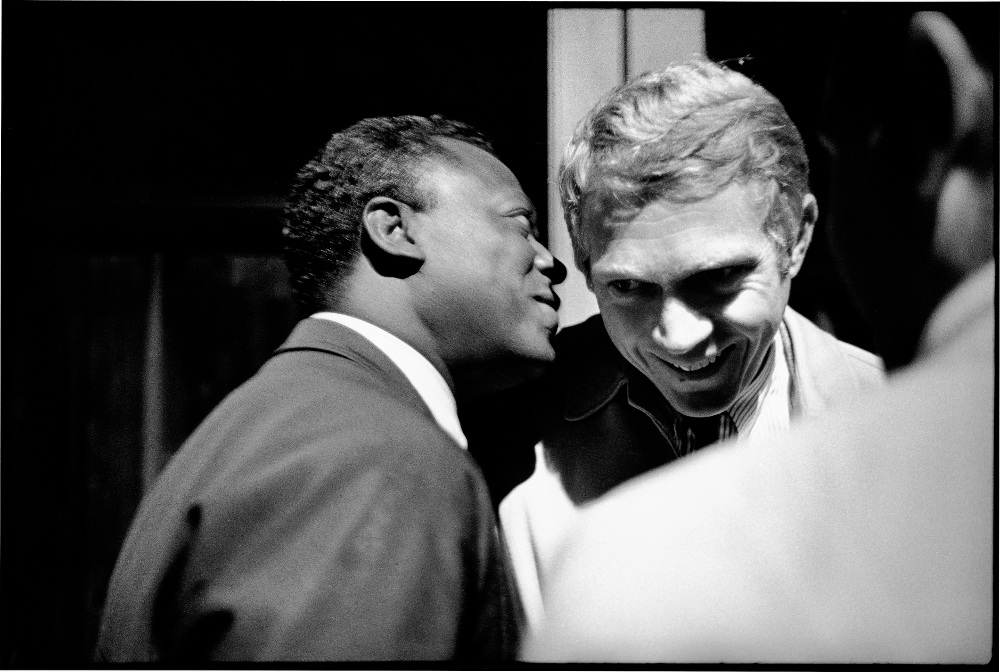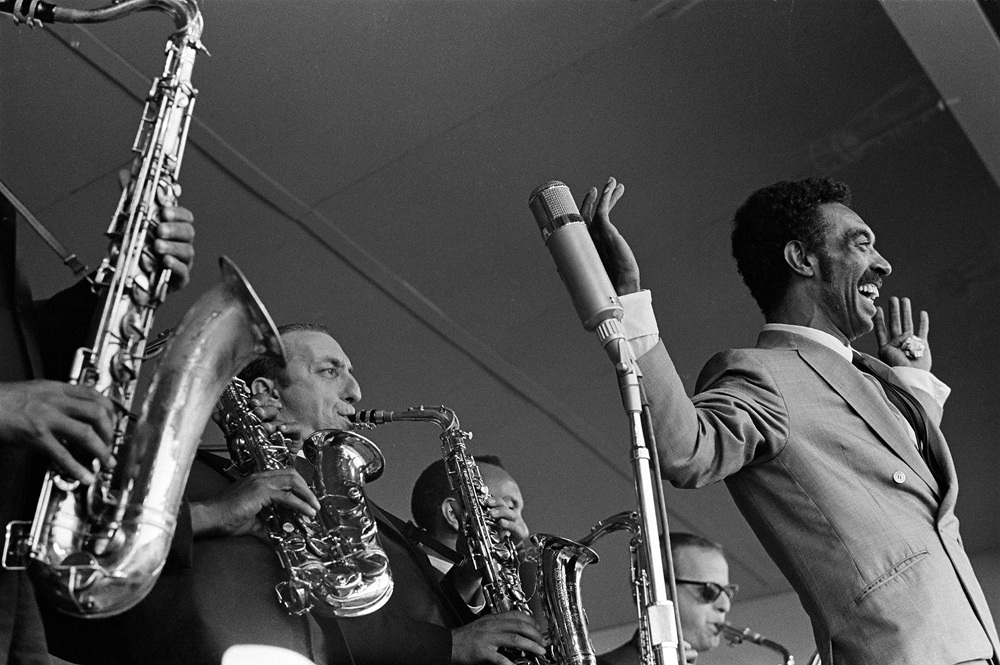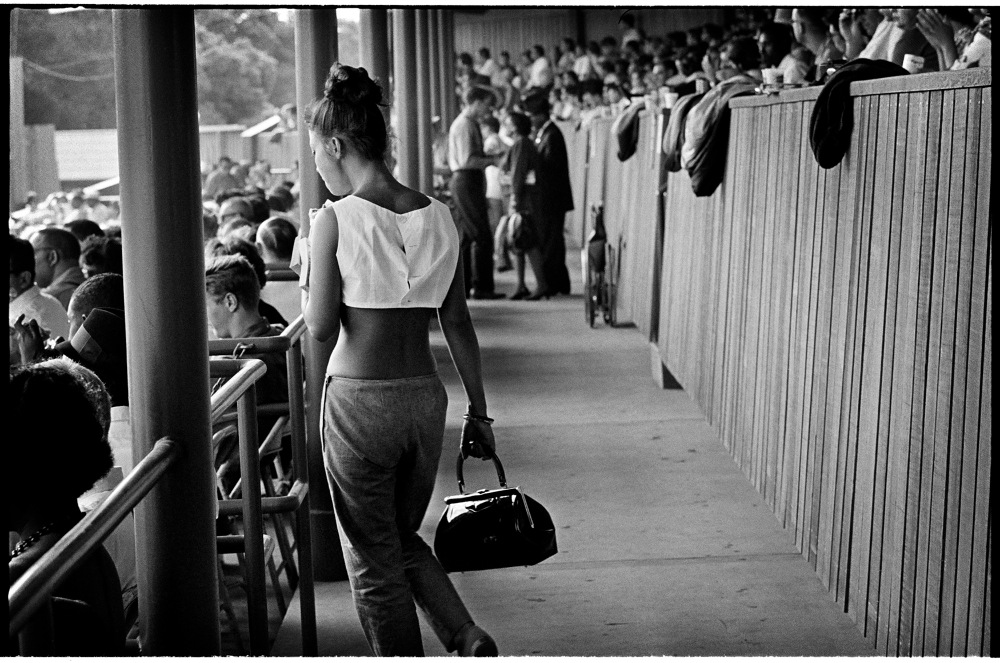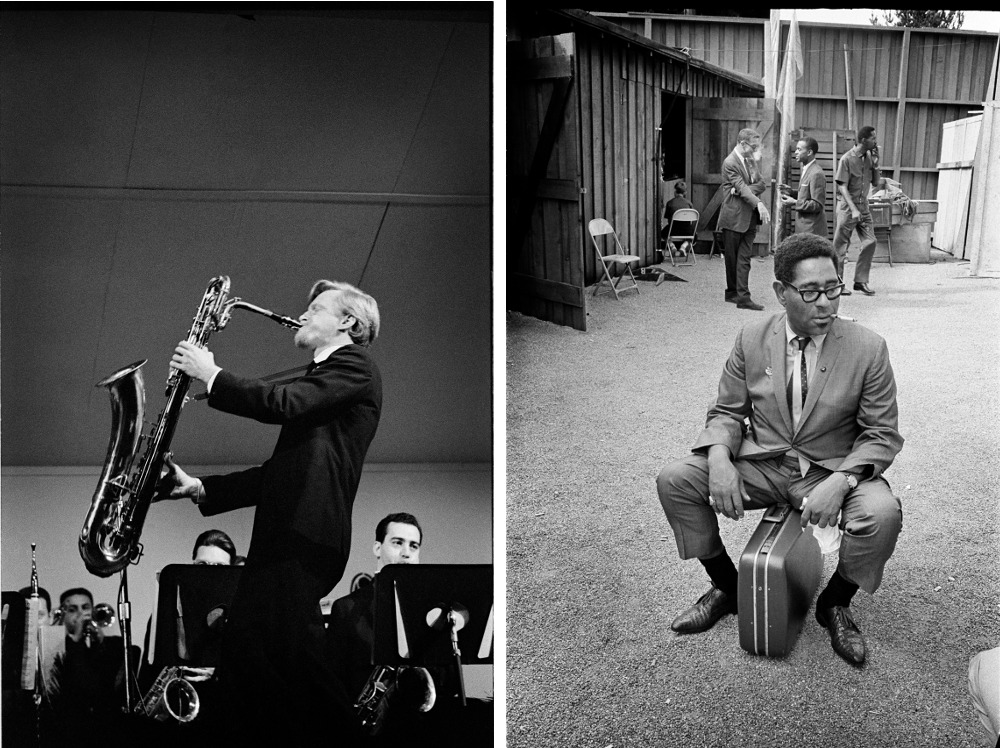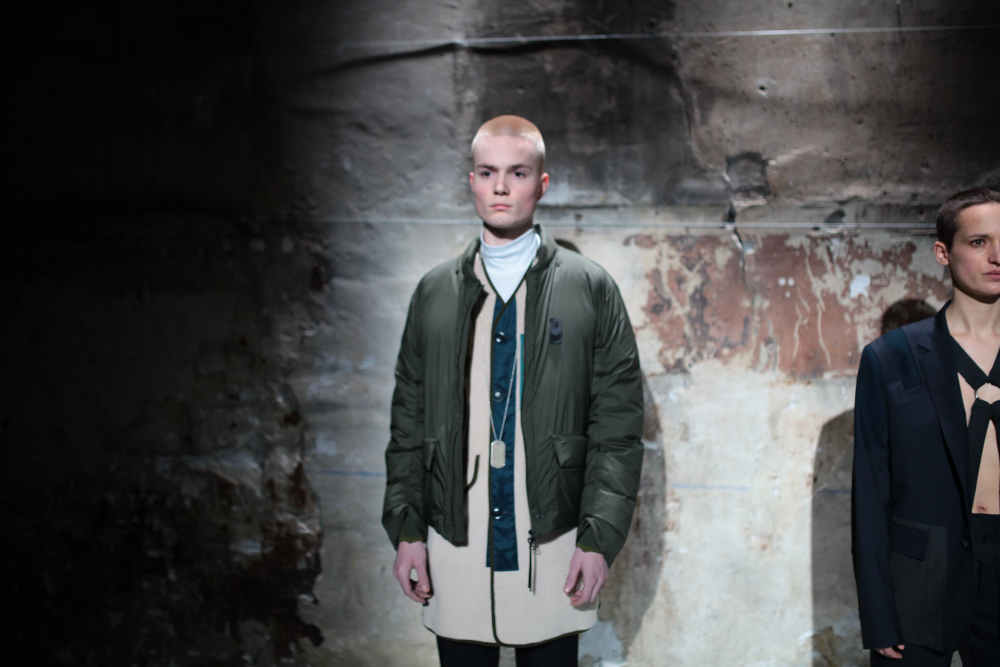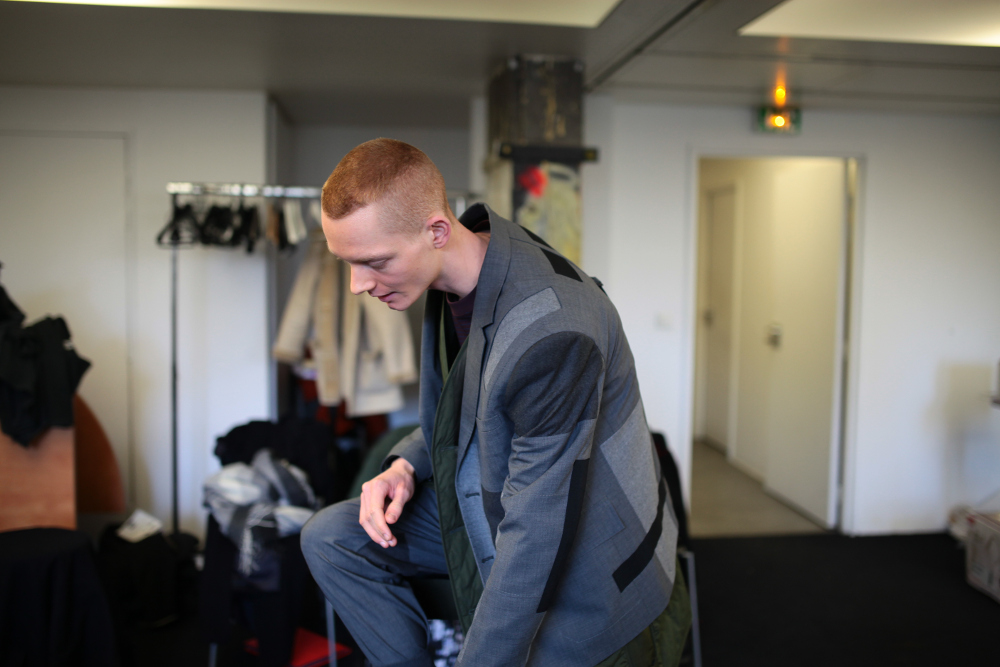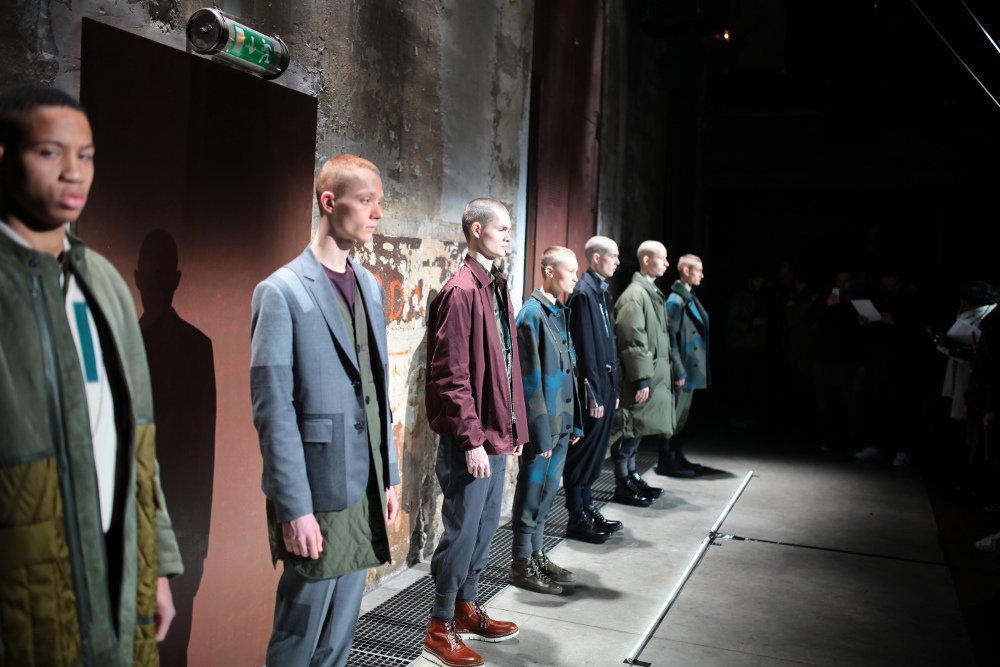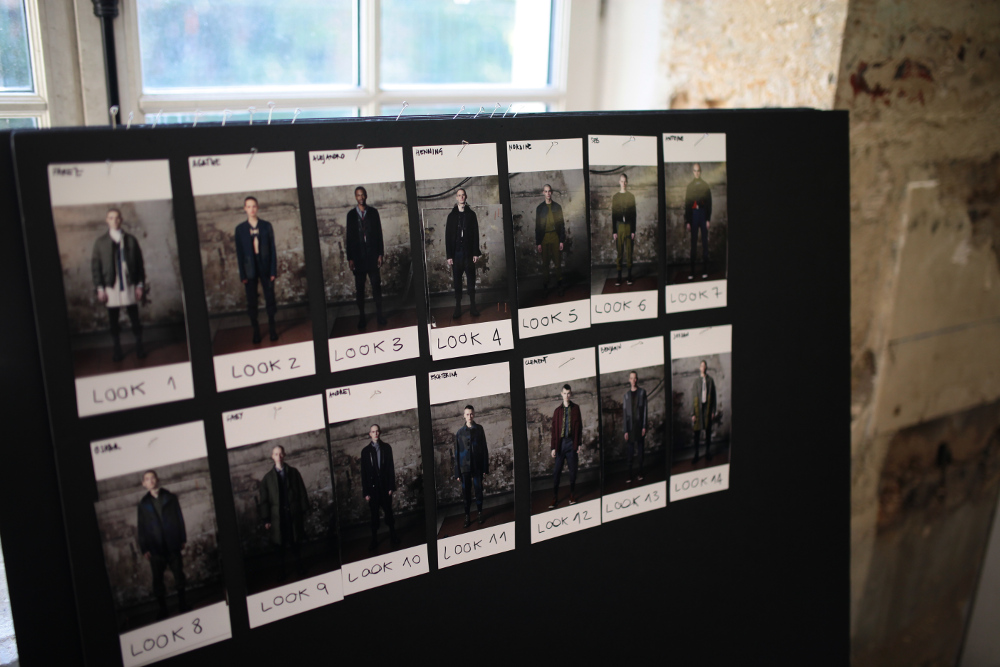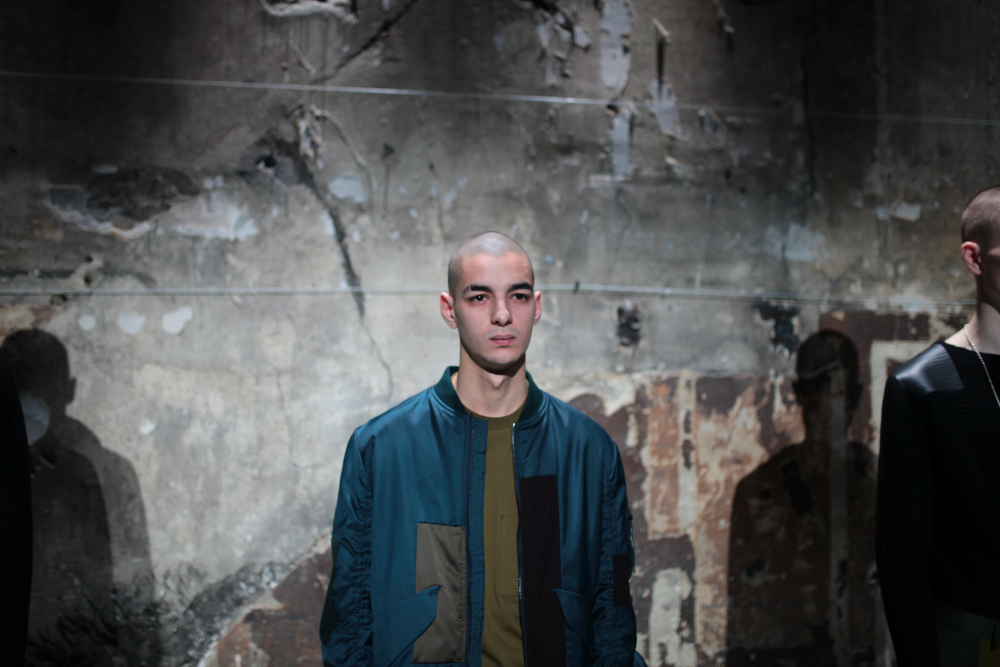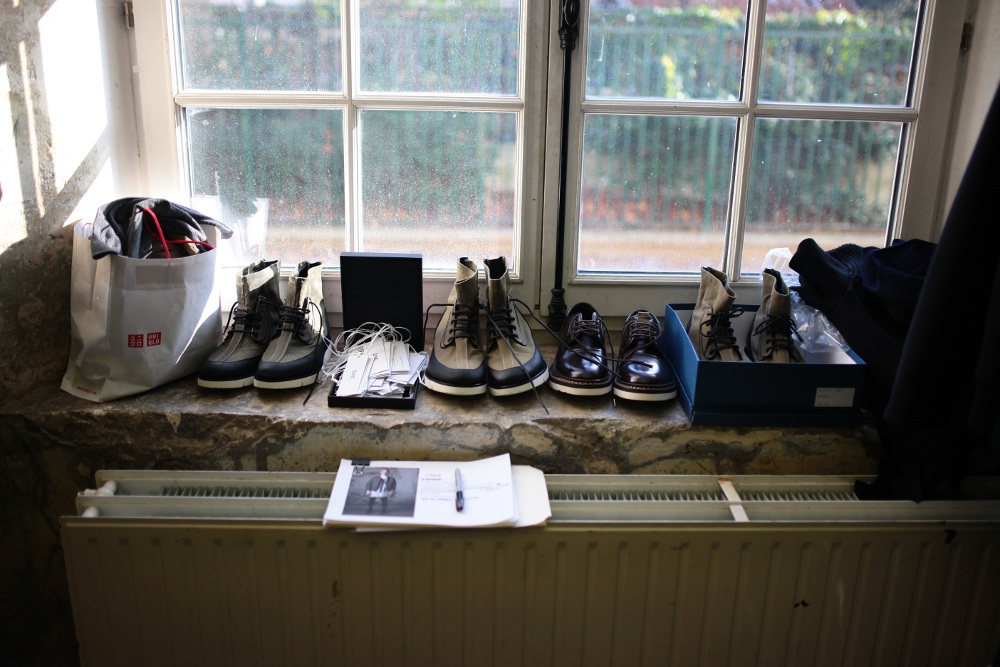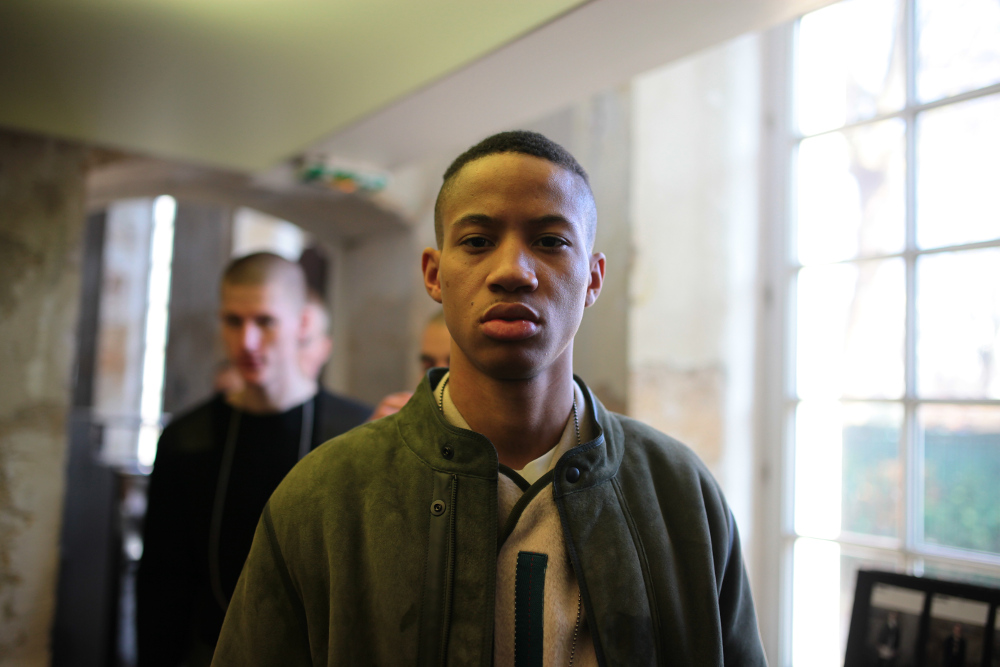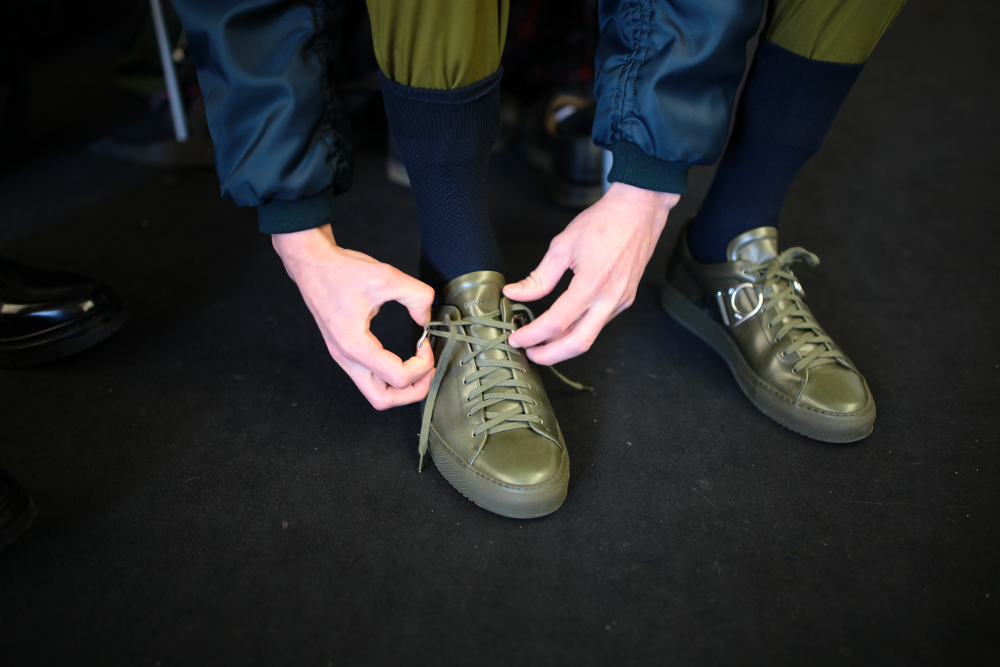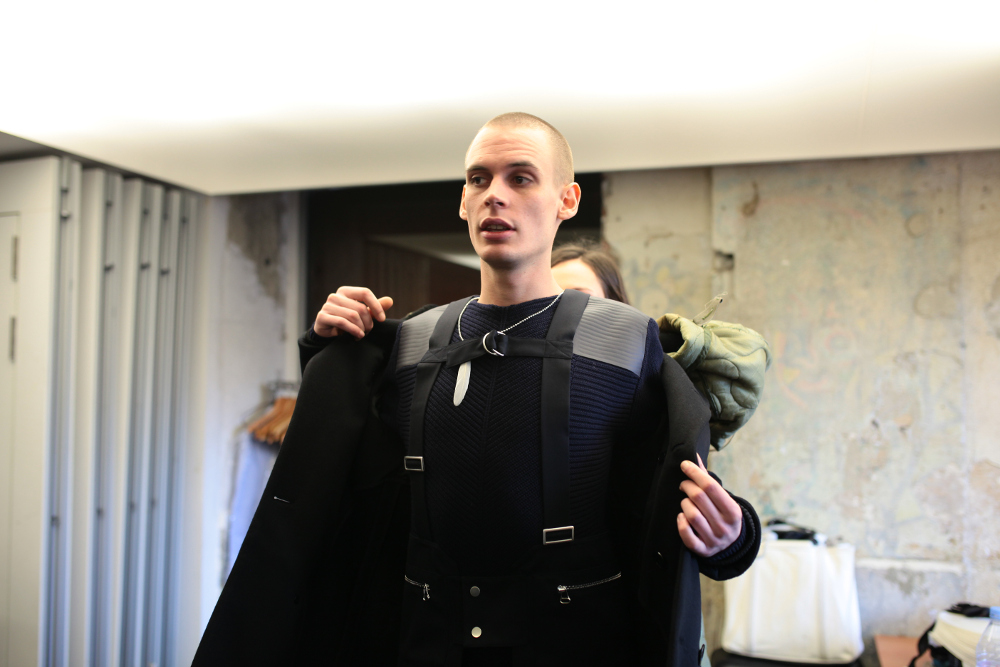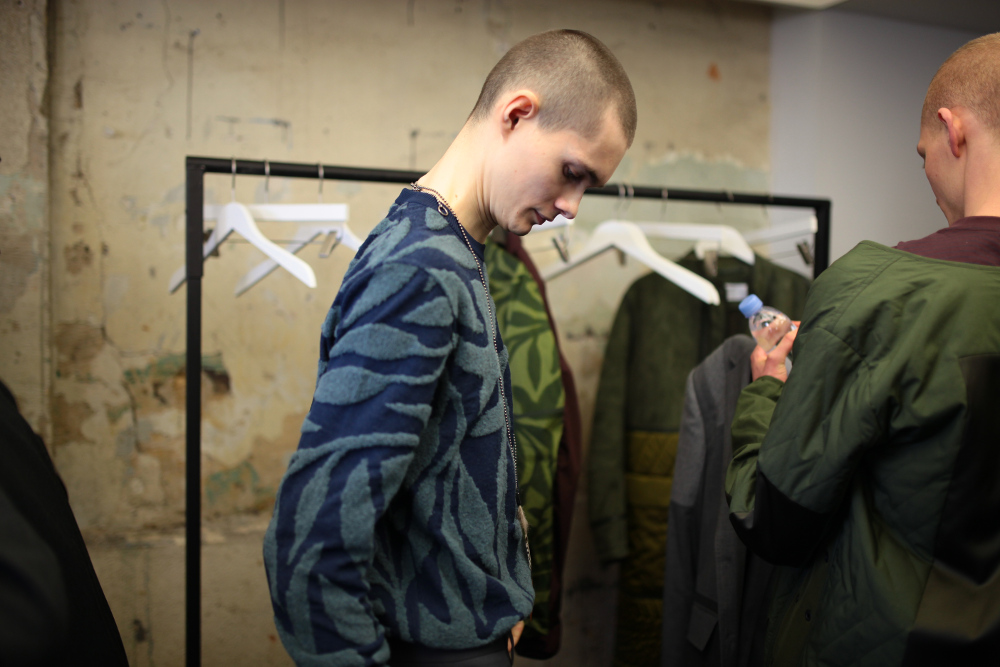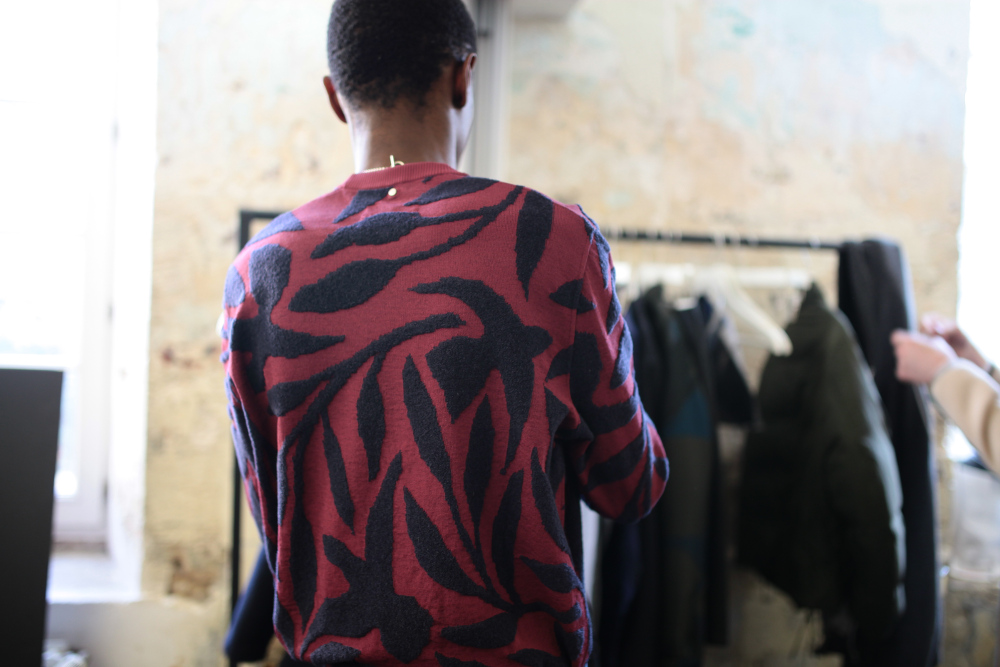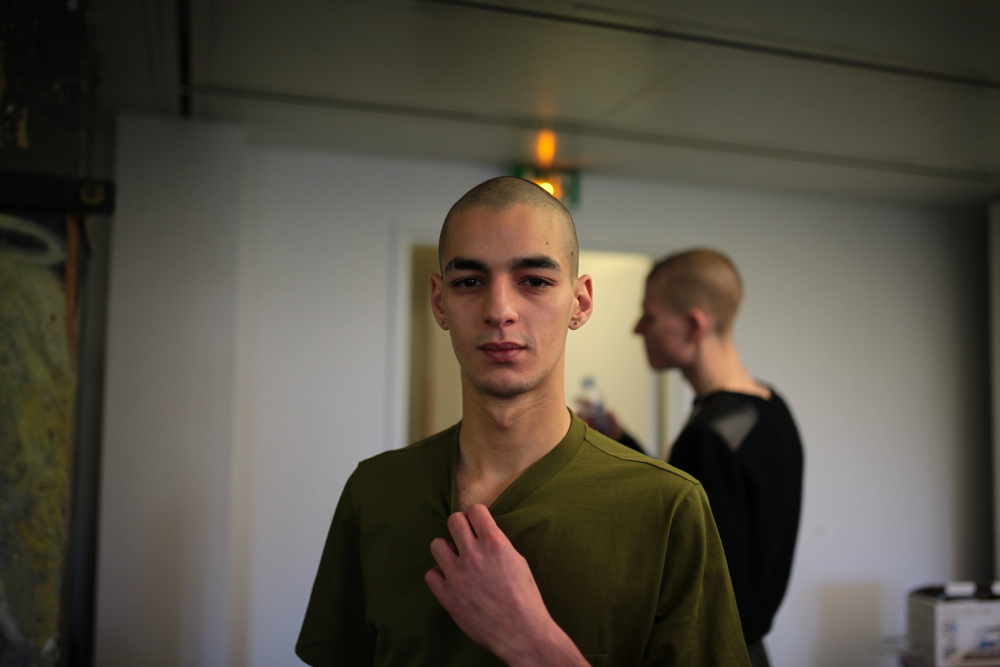French photographer Elliott Verdier travels to the remote central Asian republic of Kyrgyzstan to capture an ex-Soviet country struggling to find a national identity in a globalised world

The Muslim cemetery of Balykchy, on the western end of lake Issyk-Kul, the second-largest high-altitude lake in the world. Eighty per cent of Kyrgyzstan’s population is Muslim.

Horses in Karakol, the fourth-largest city in Kyrgyzstan, near the Kazak and Chinese border.

Two abandoned Moskvitch cars in Min-Kush, a city built by the Soviet Union in 1953 to mine uranium. Surrounded by checkpoints, the city was rich, enjoying champagne and caviar, while the rest of Kyrgyzstan lived in poverty.

A child at an orphanage in Bishkek, Kyrgyzstan’s capital. Parents who are too poor to care for their children often abandon them. This orphanage takes care of its charges until they’re 16 but many orphans then fall into crime and addiction.

Captain Boris Vassilievitch Tchoumakov, who oversaw Balykchy’s port organisation during the Soviet years. Currently used as a testing ground for Russian military hardware, it is now forbidden to sail on the lake, though it used to be essential for trade between Balykchy and Karakol.

The bulb factory of Mailuu-Suu. Established 40 years ago after the closure of the region’s uranium mines, the factory – once the second largest in the USSR – is still running today. Poor management of the mines has made the town one of the most polluted places in the world.

Workers in a concrete plant of Balykchy. Once one of the most industrialised cities in Kyrgyzstan, as with many places in the country Balykchy struggled following the fall of the USSR, with almost all its industrial facilities having since closed.

A coal miner in a pit in Tash- Kumyr in the west of Kyrgyzstan, near the border with Uzbekistan.

A worker at Mailuu-Suu’s bulb factory who has been employed there since the factory was established by the USSR to keep people busy and save the city from being abandoned.

A retired miner from Tash-Kumyr in his home. With 34 years of experience, including 26 under the USSR, he witnessed the collapse of the mining organisation when the USSR fell, and his work became more dangerous as a result.
 The landscape around Tash-Kumyr, bearing the scars of coal mining.
The landscape around Tash-Kumyr, bearing the scars of coal mining.
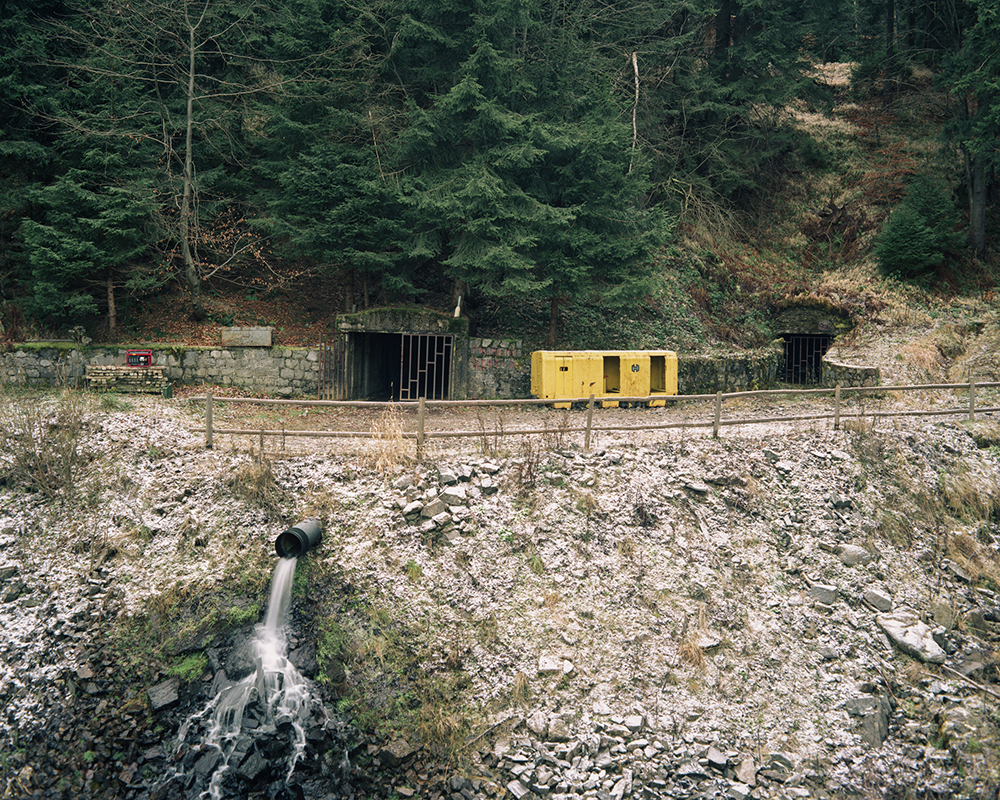
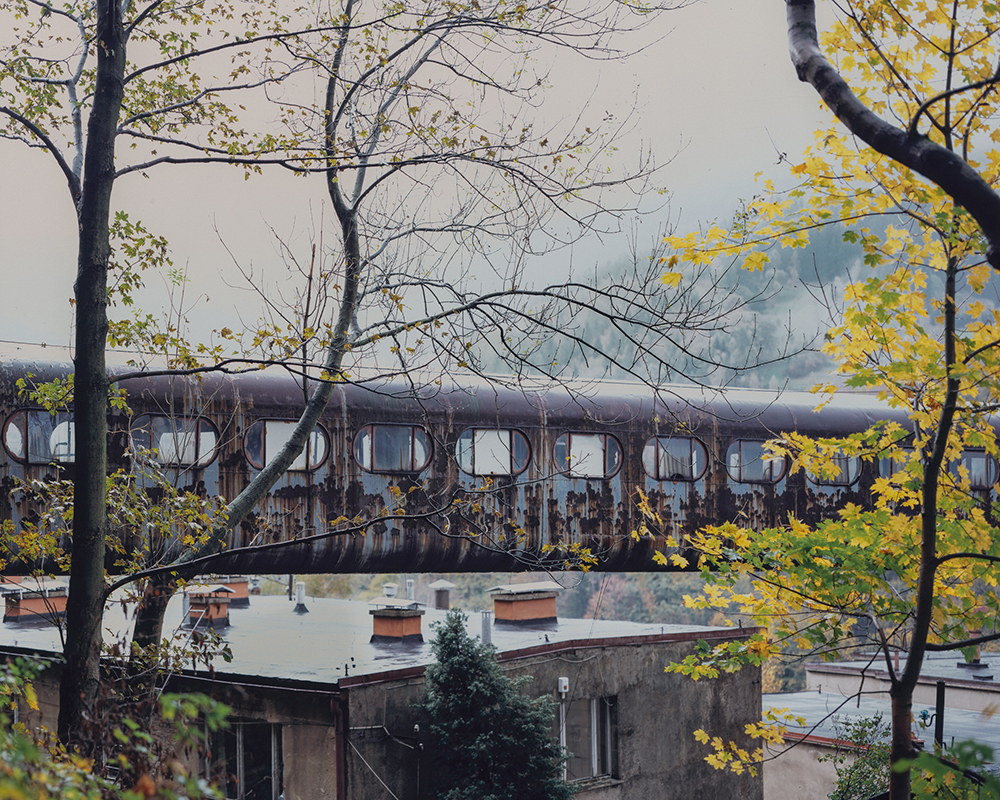
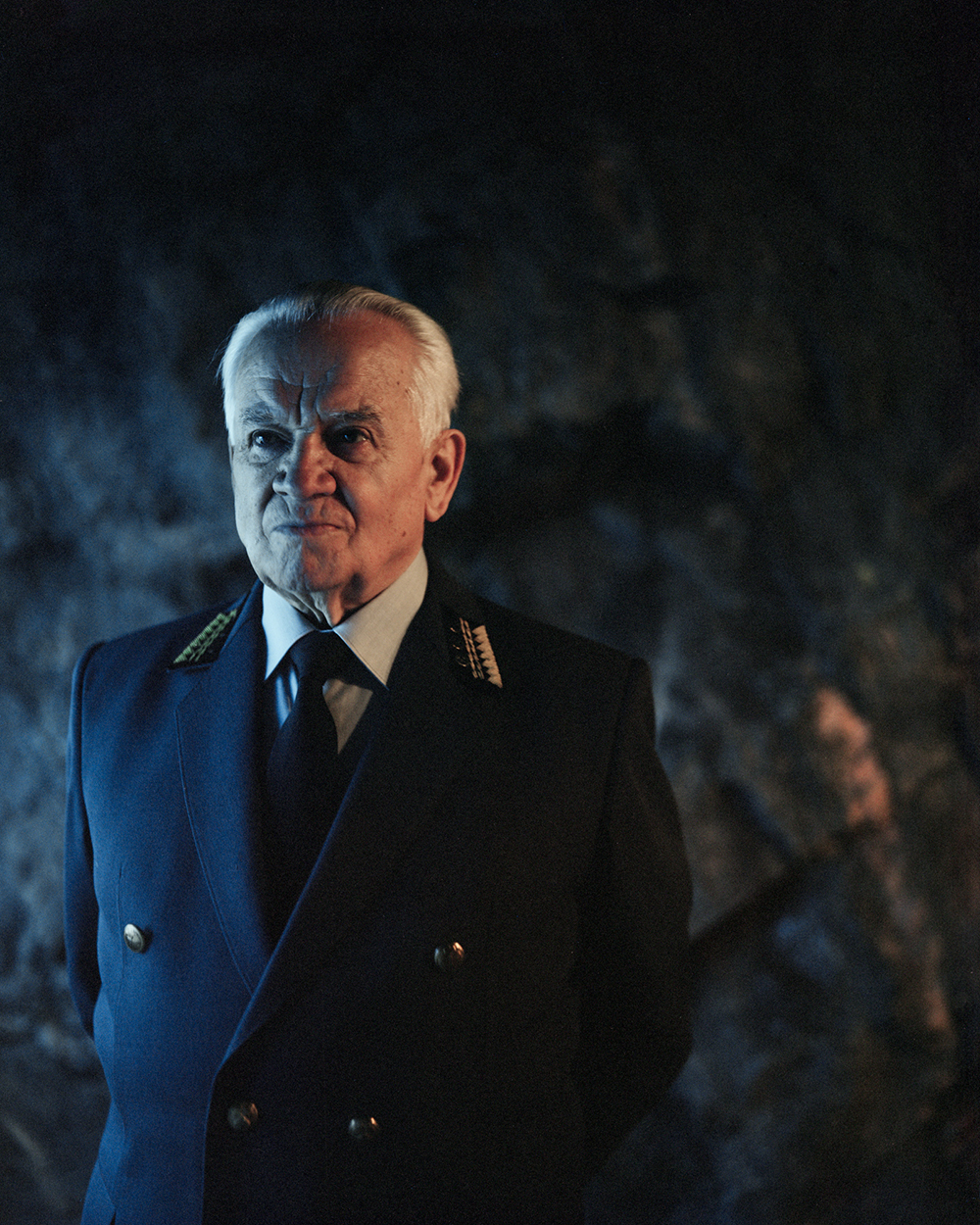
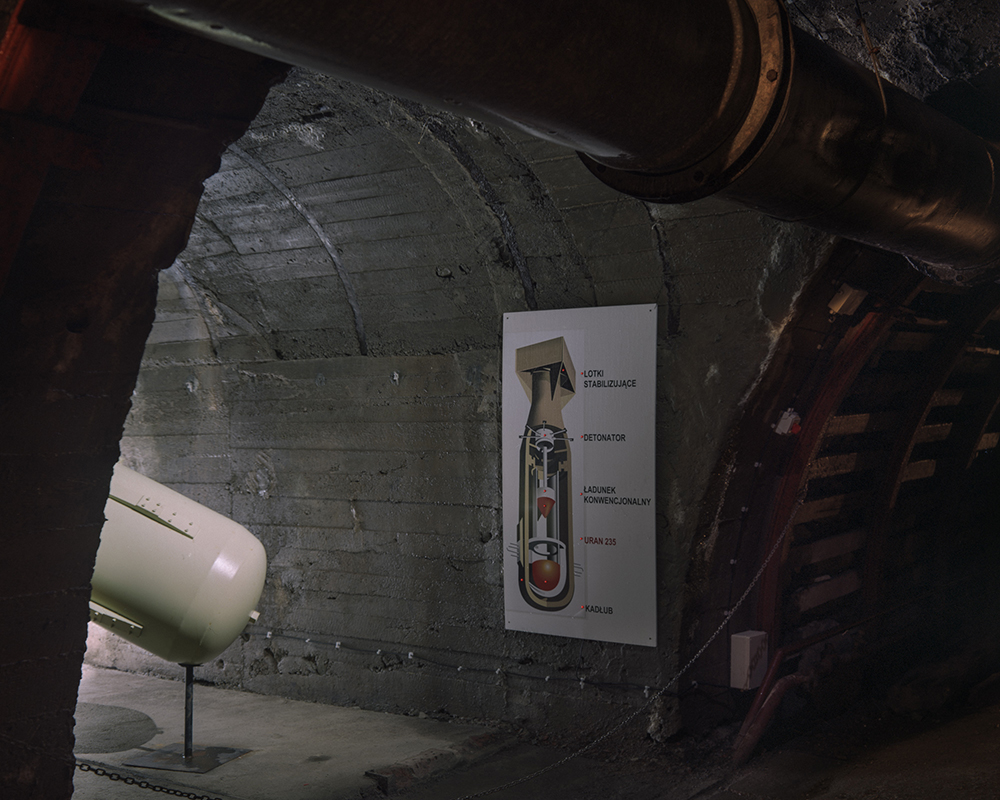


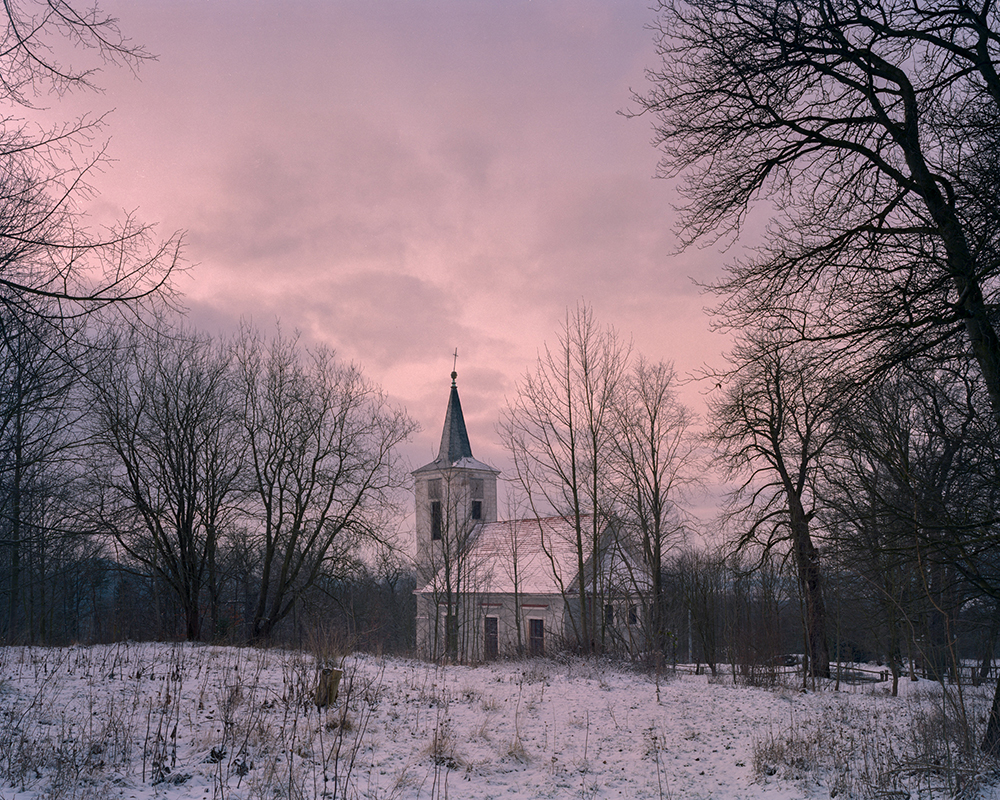


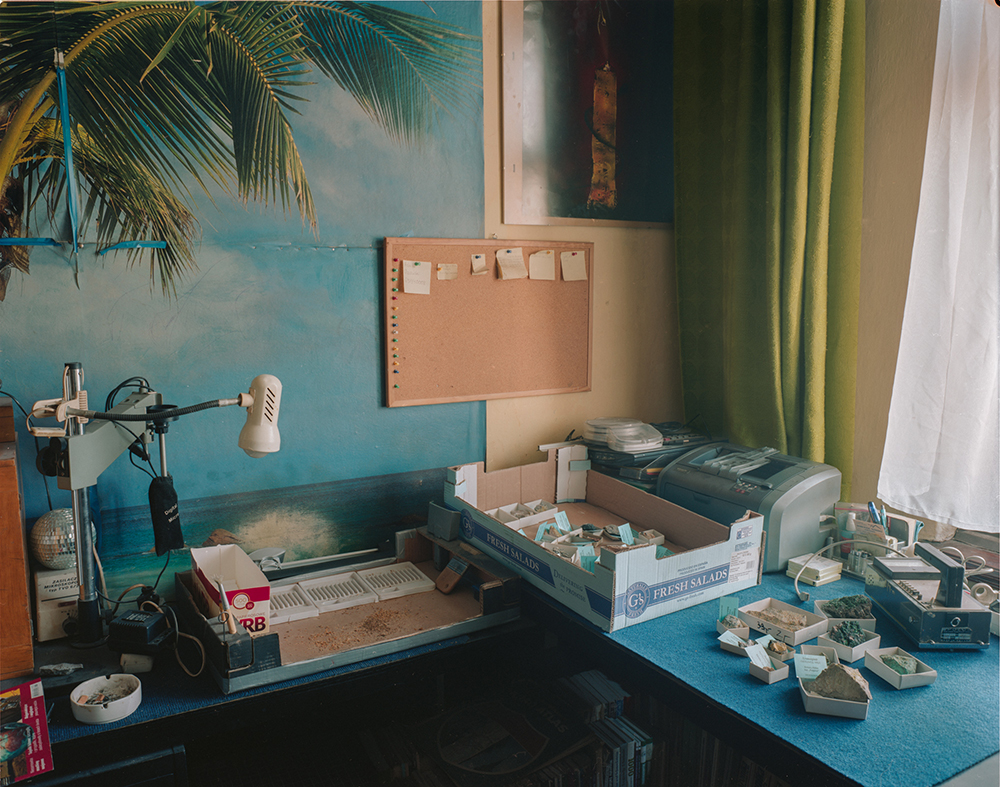
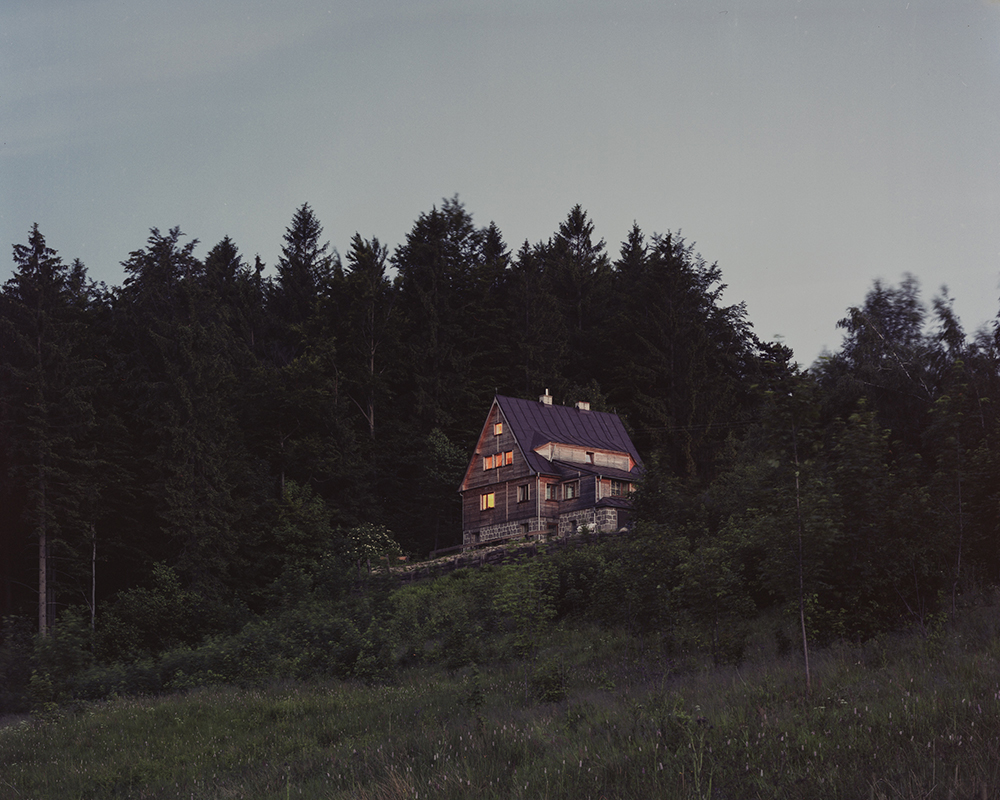
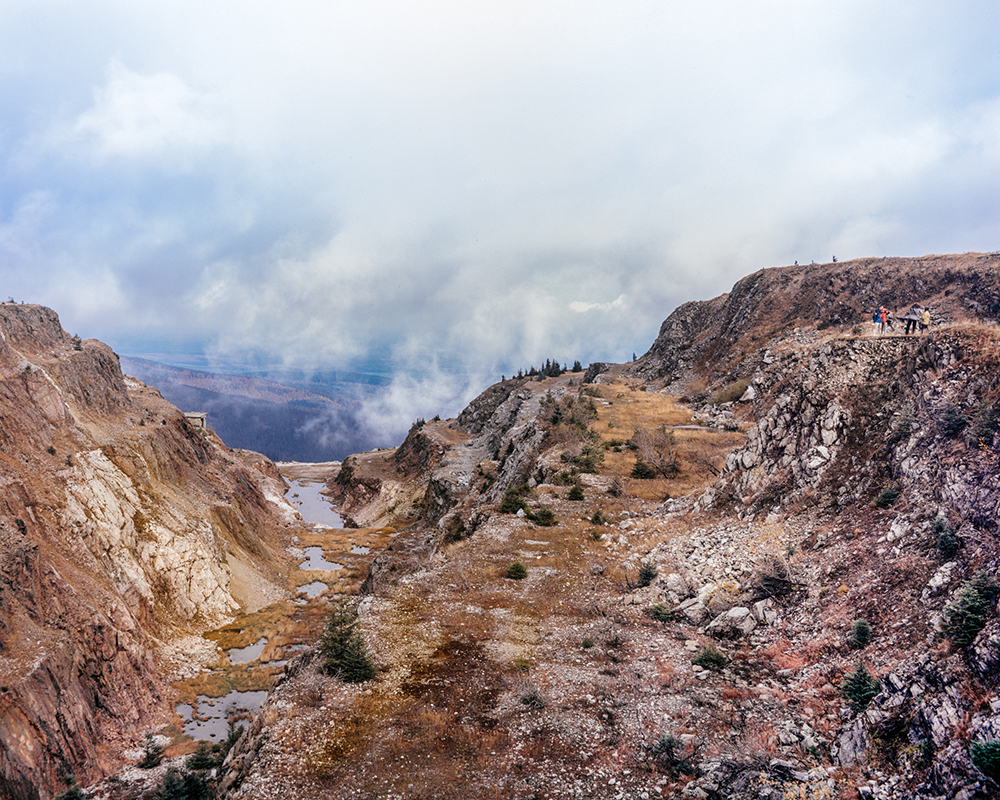
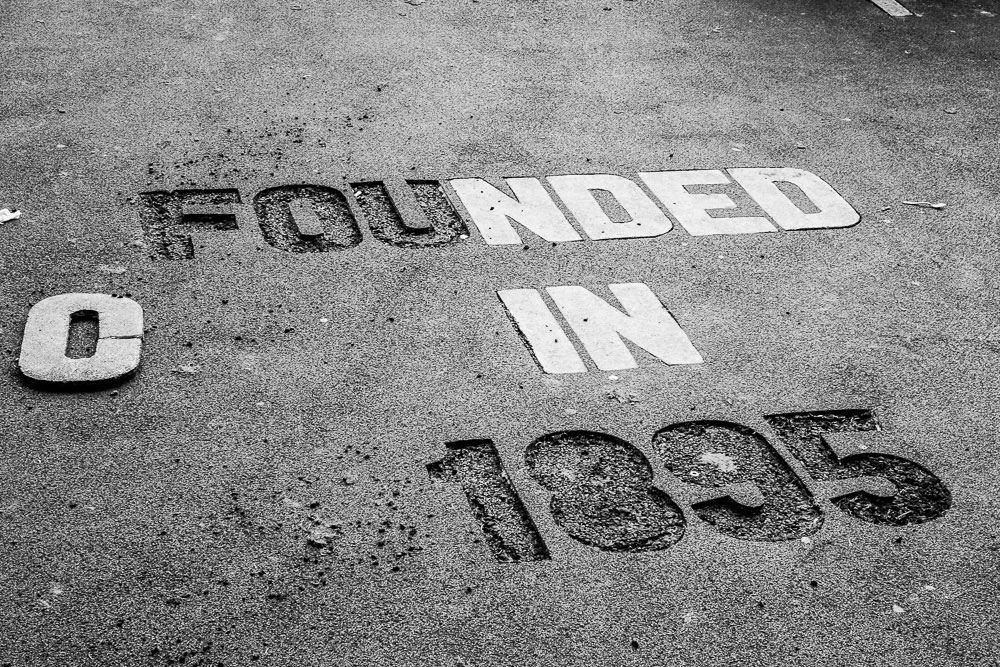
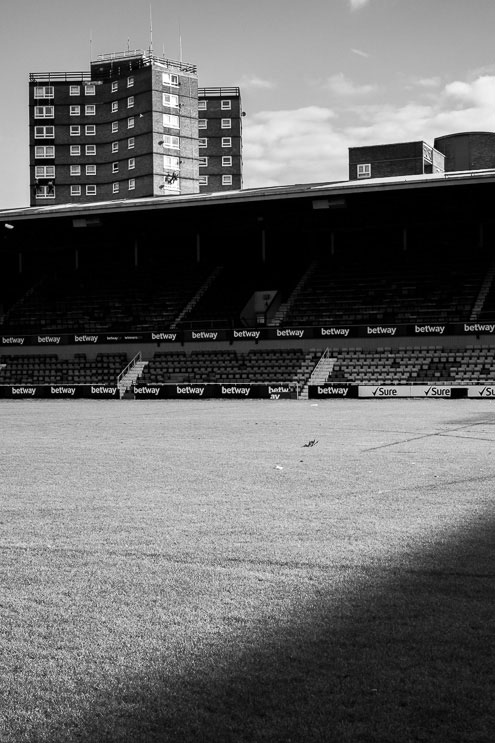
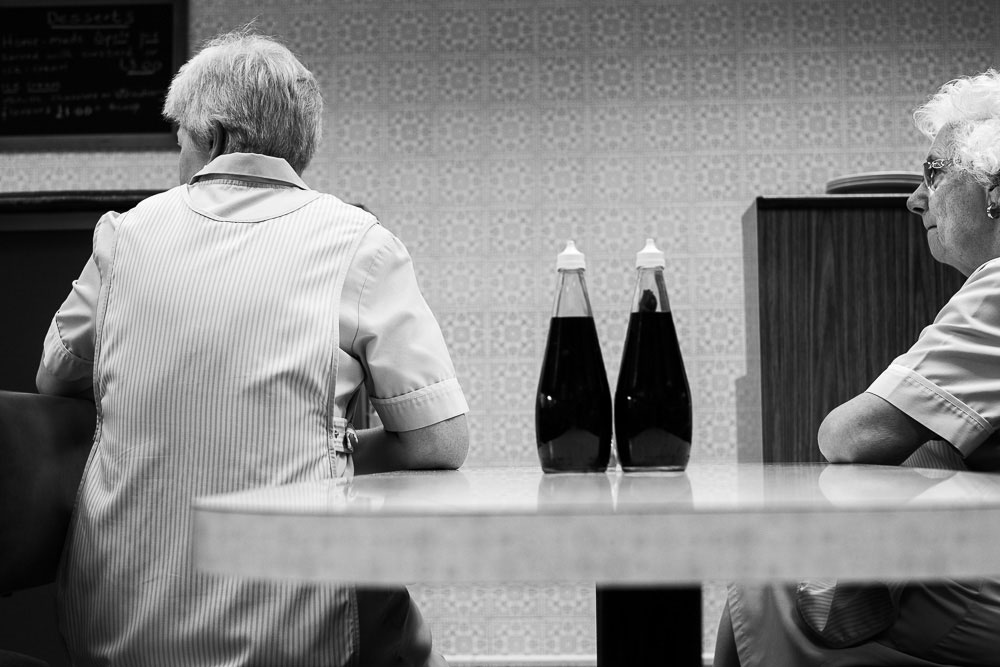
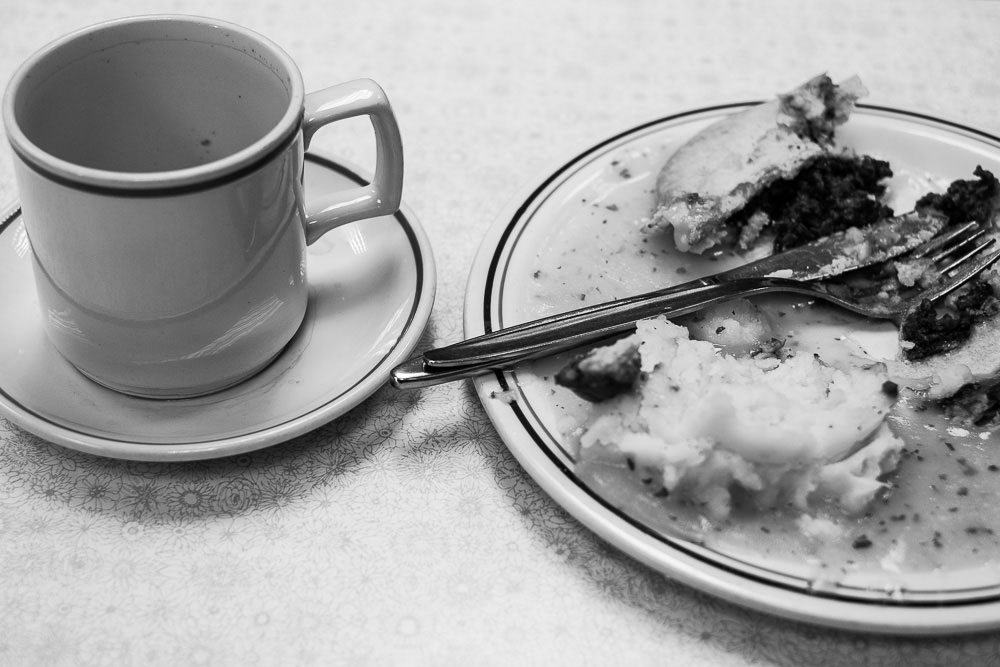
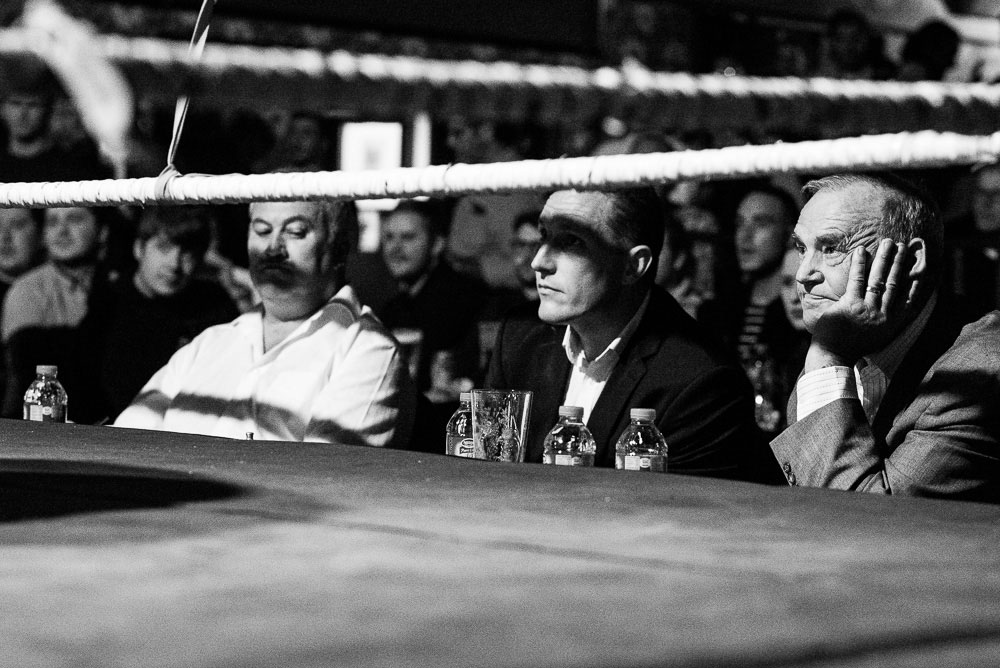

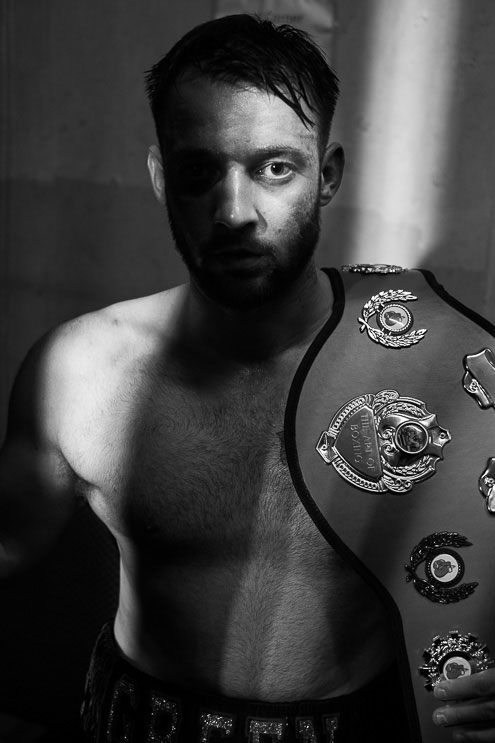
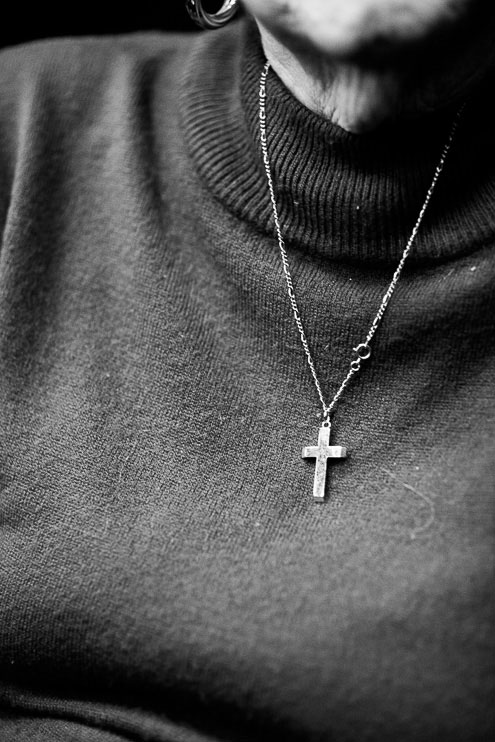
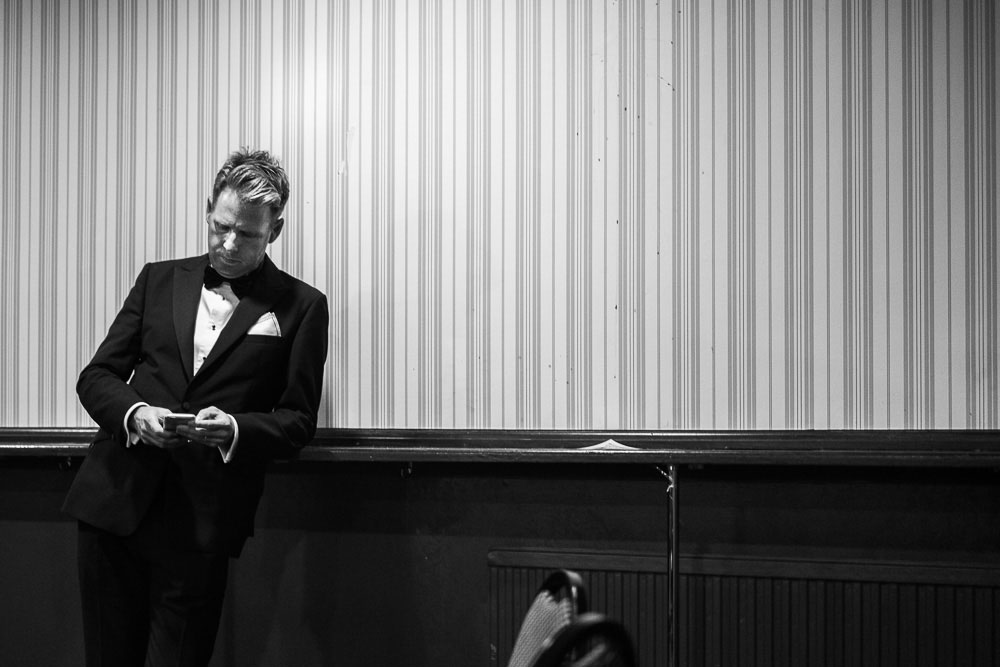
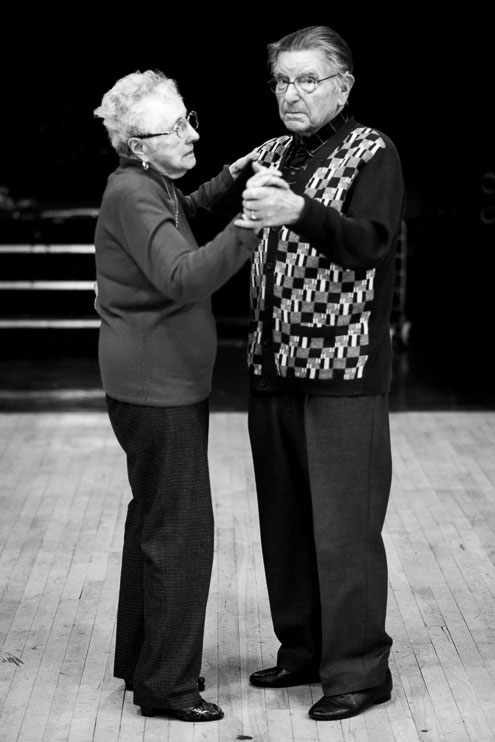
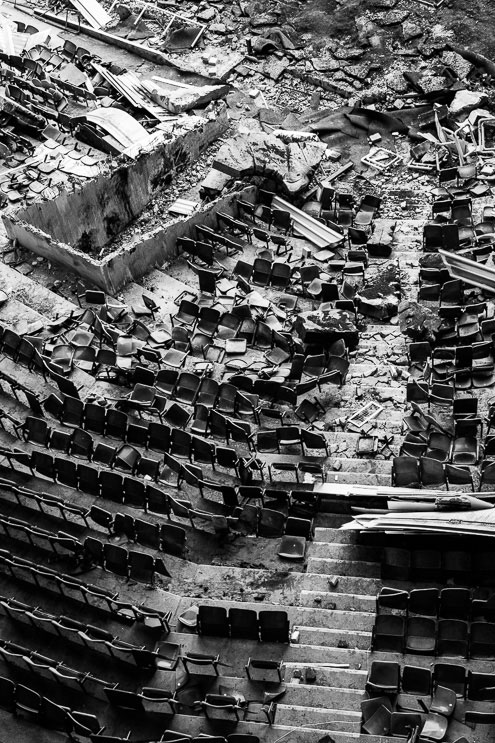
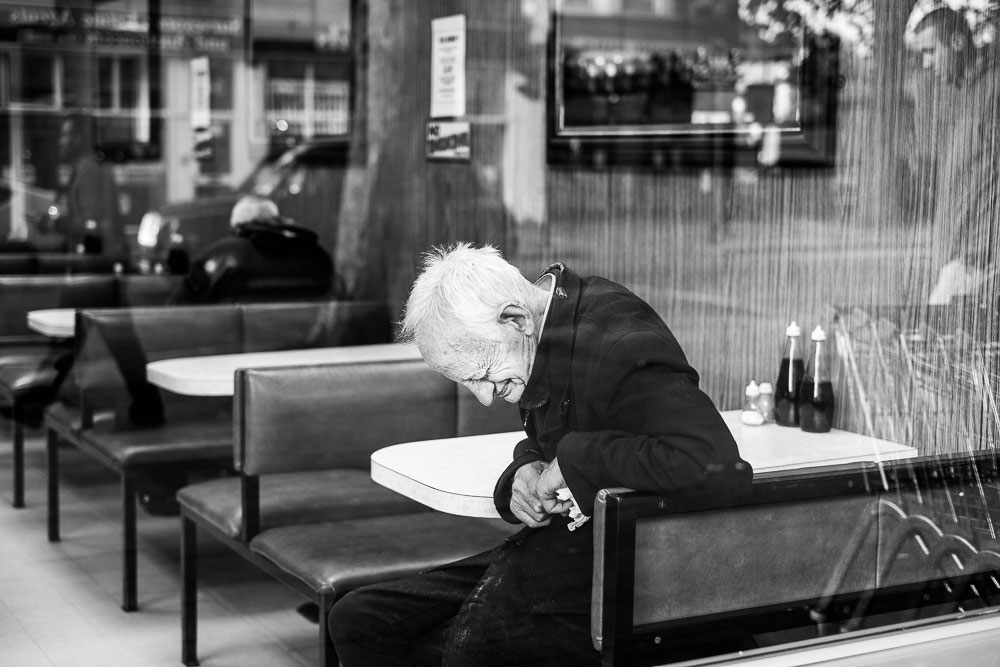
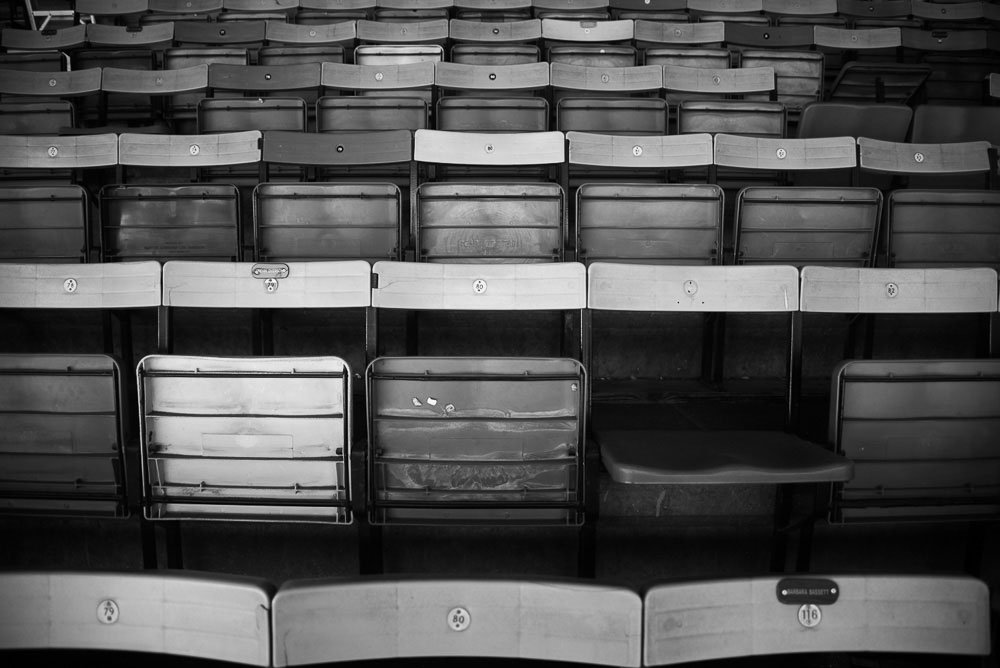
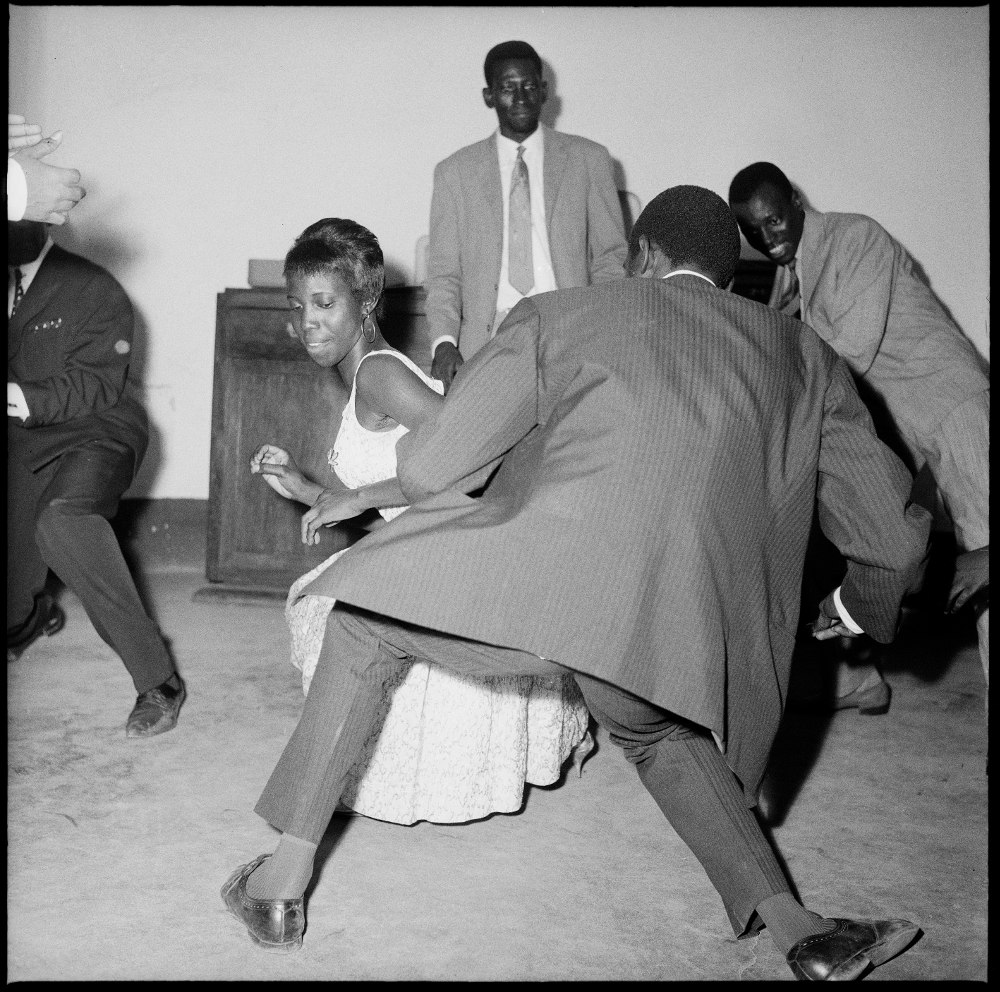
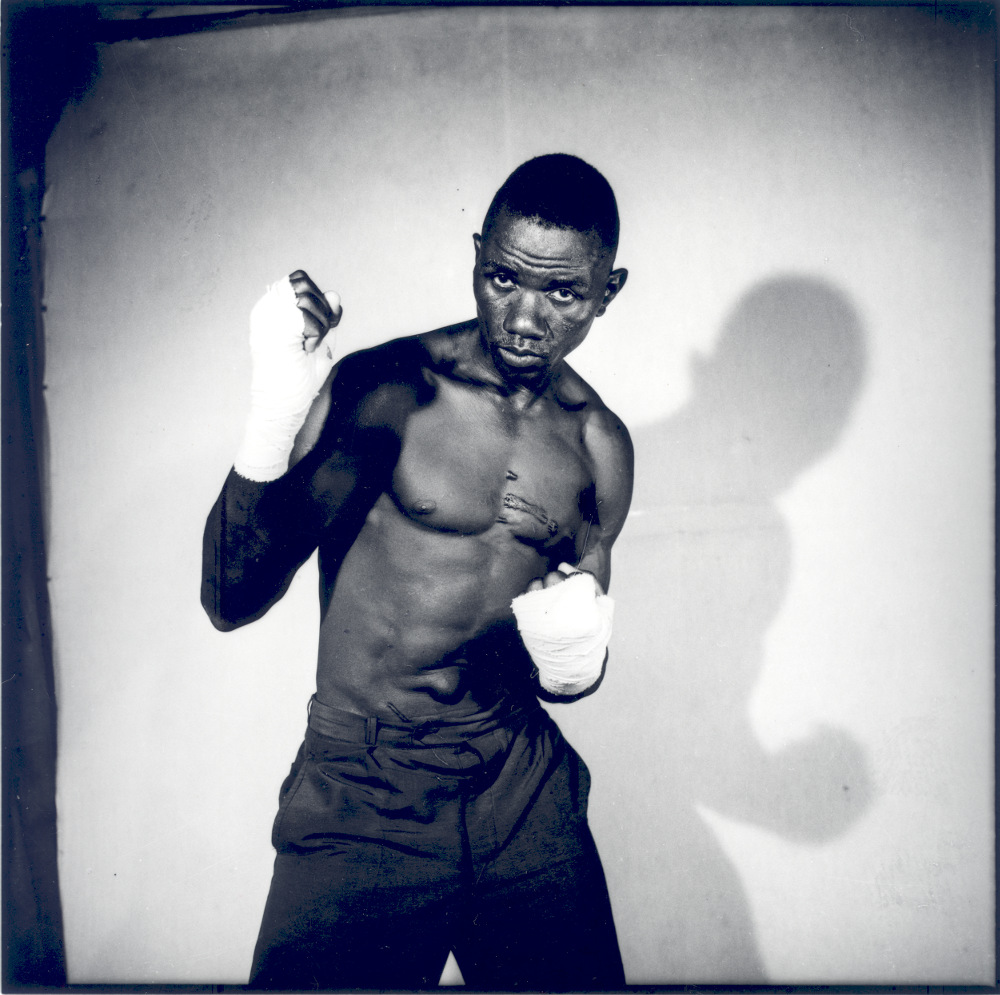
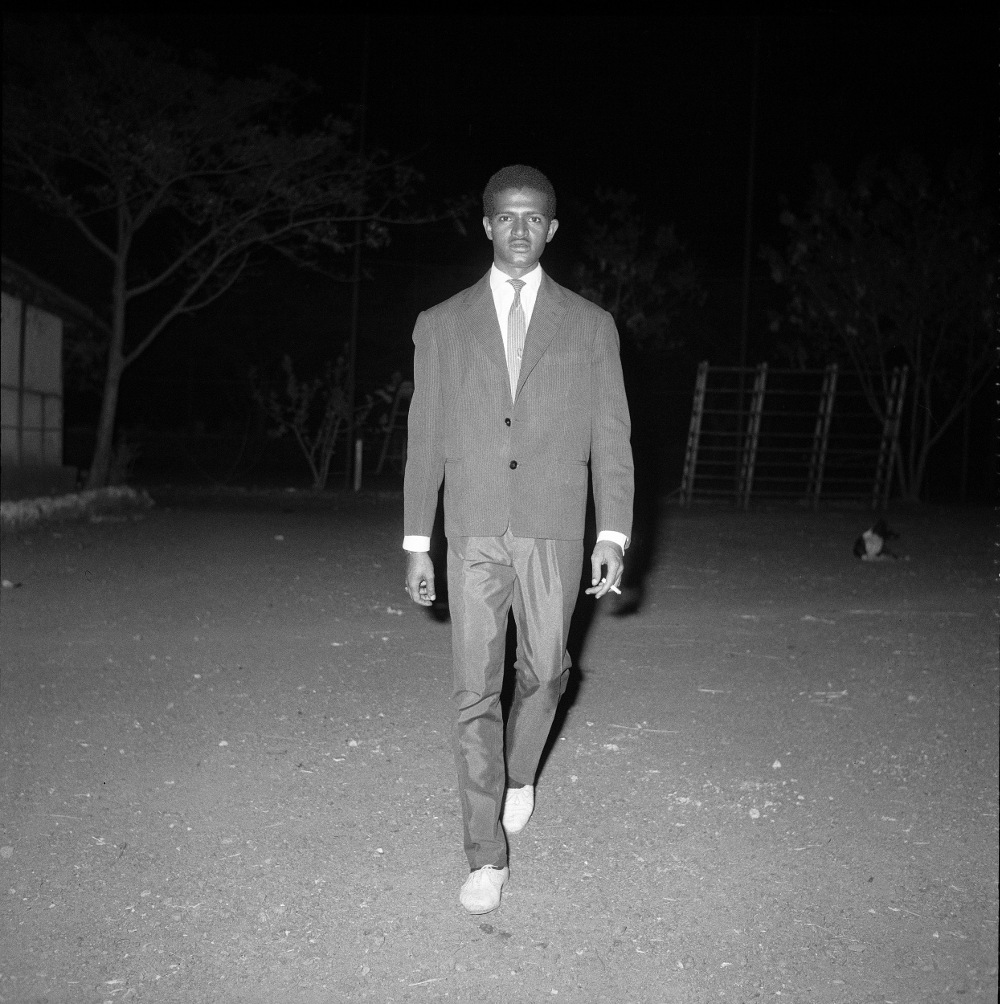
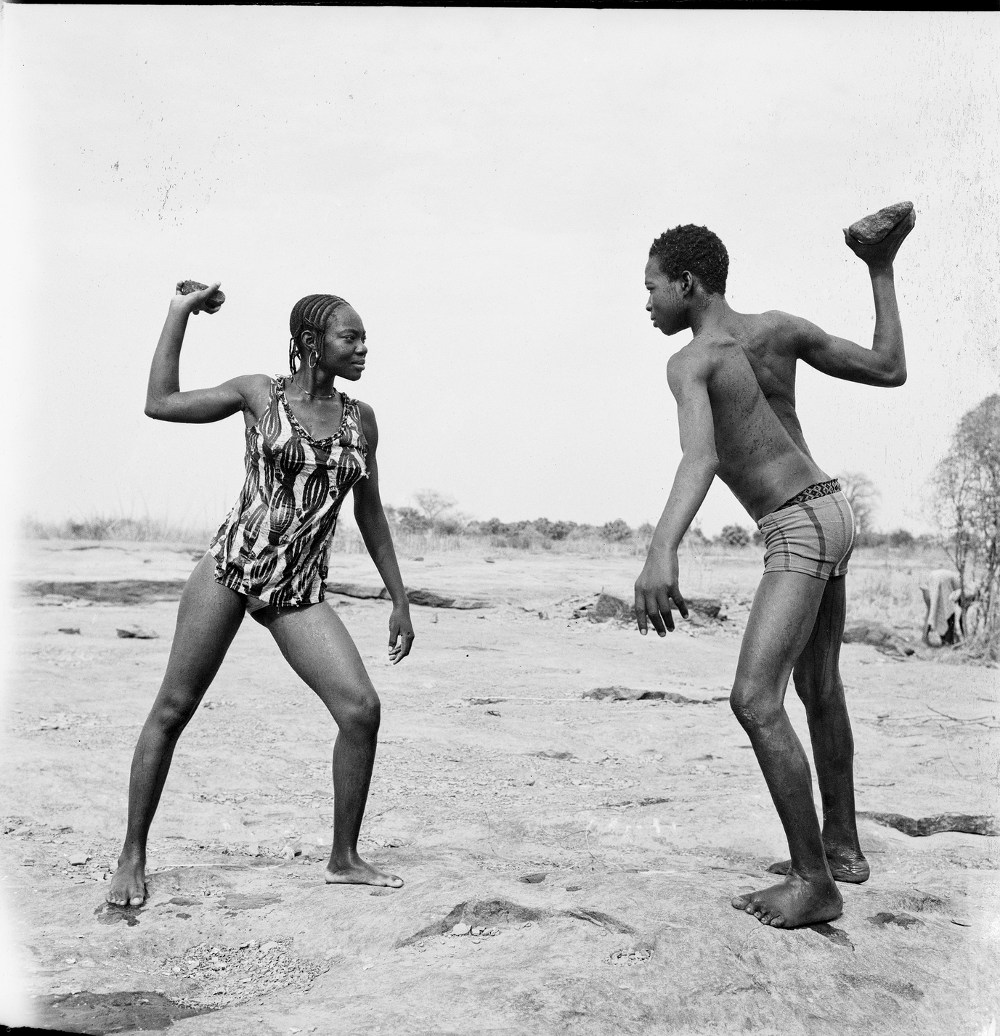

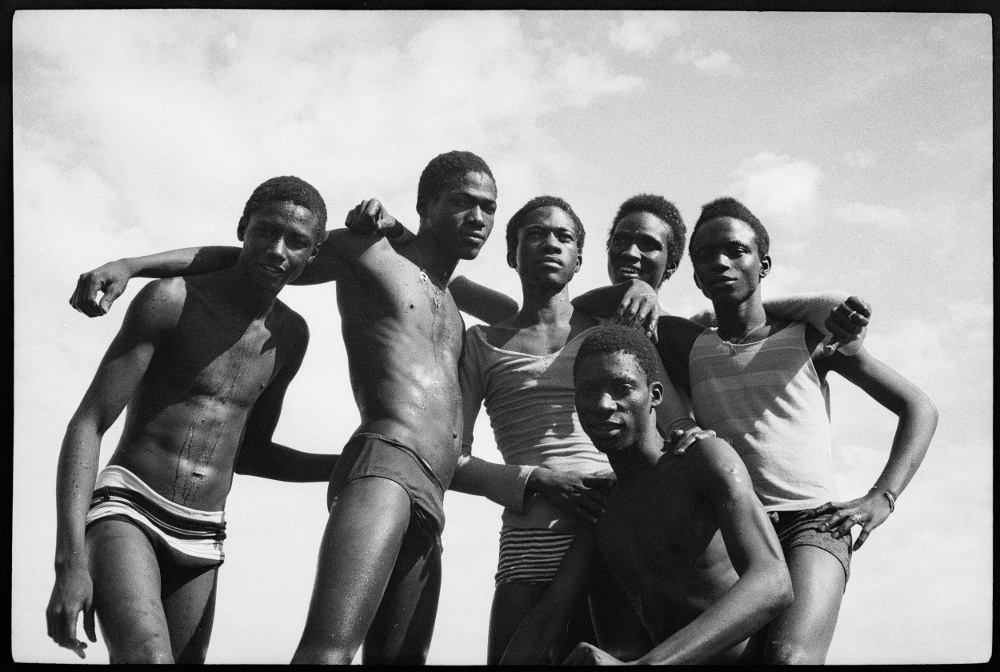

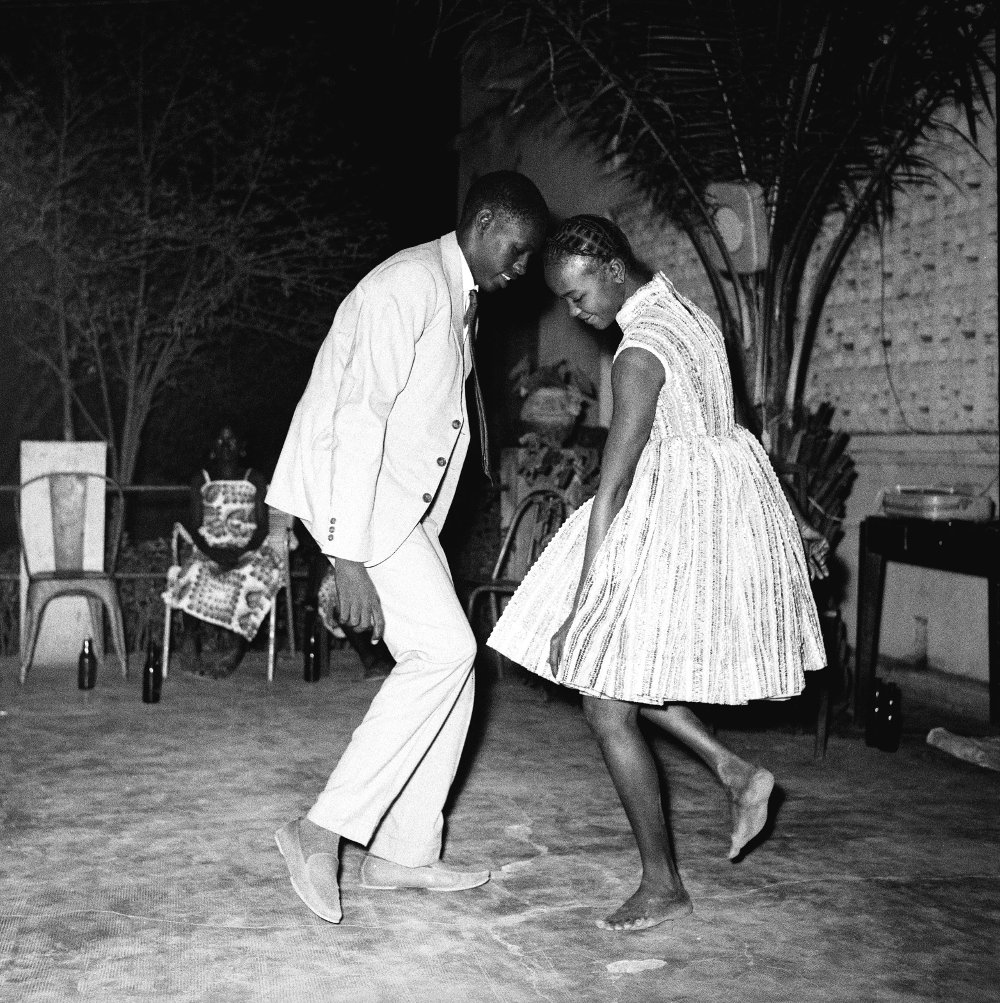
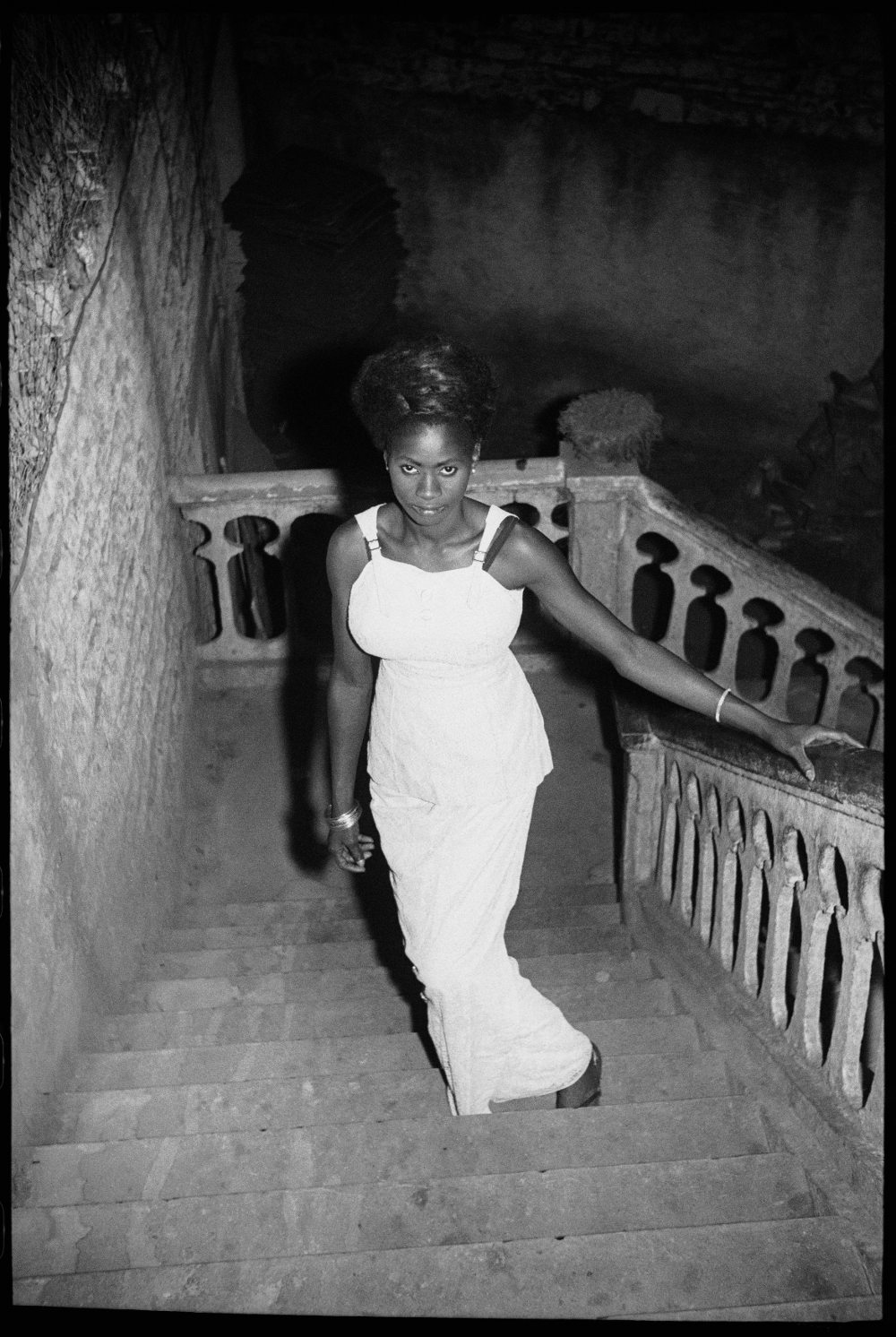
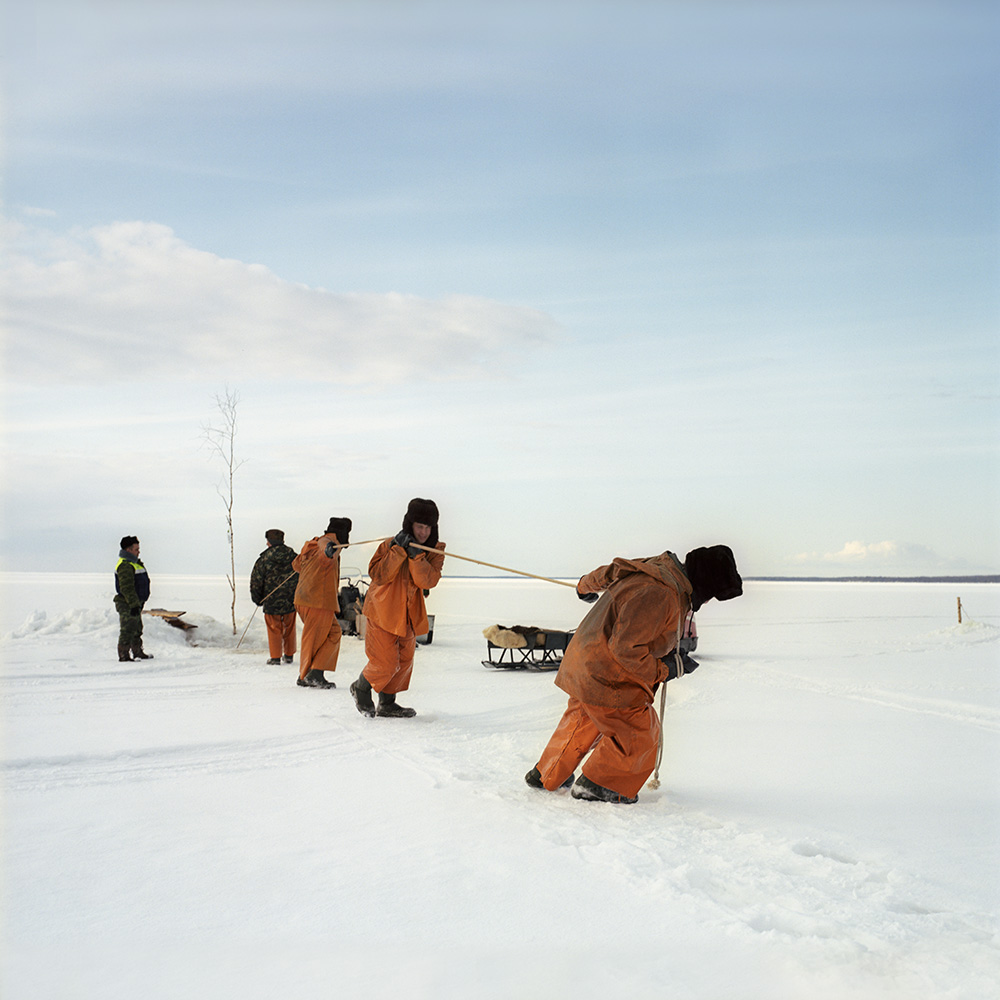
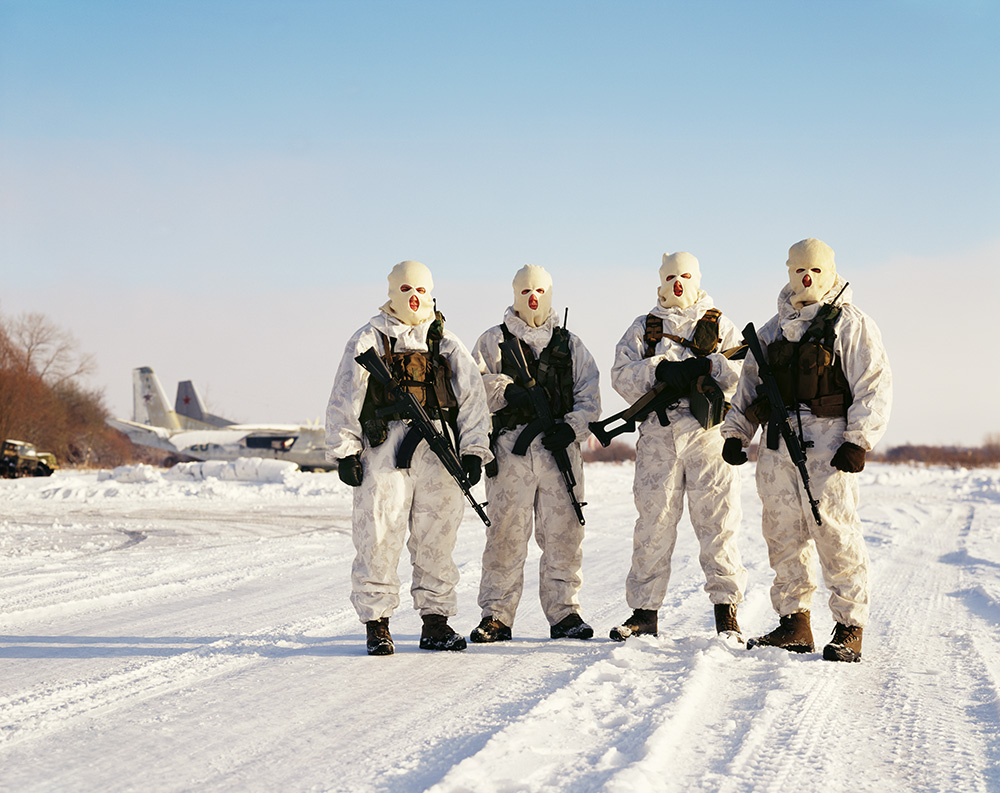
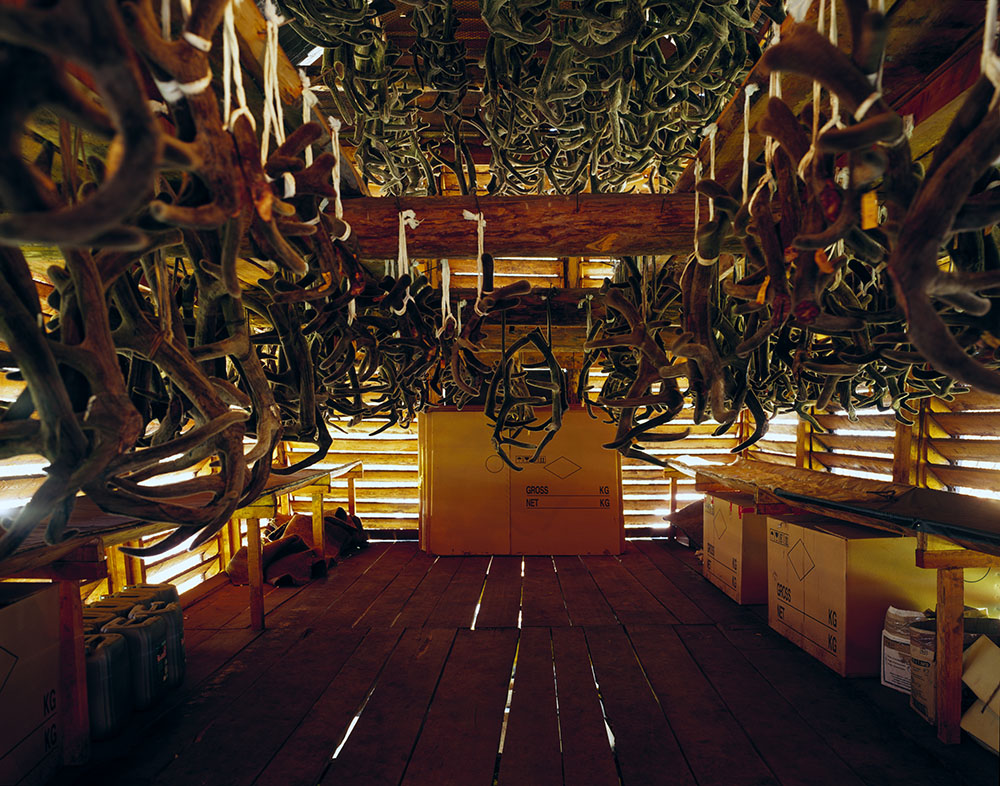
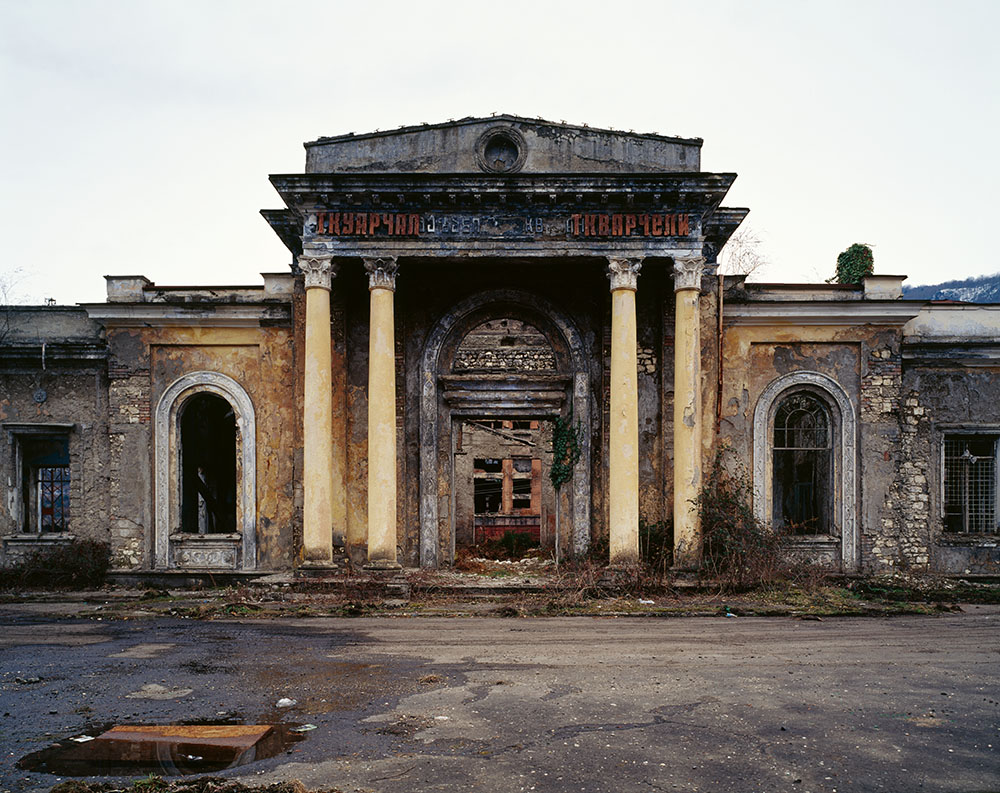
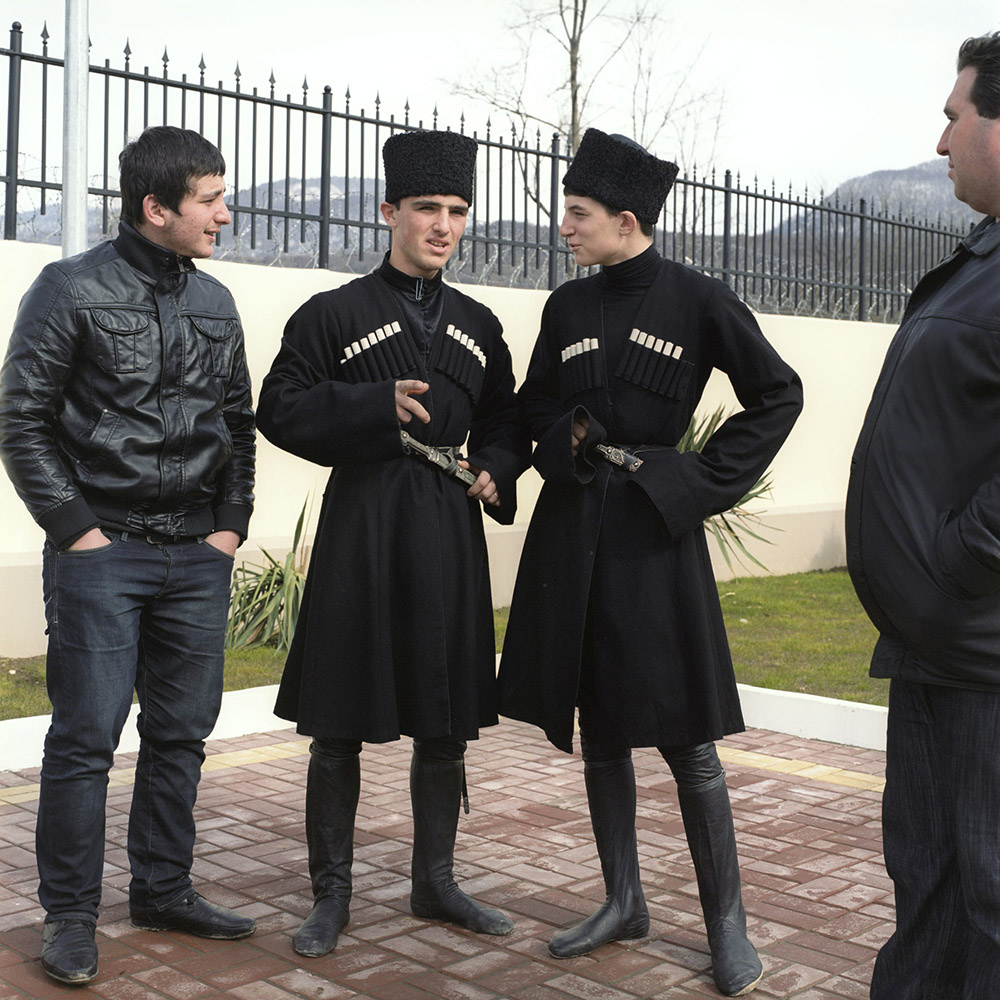
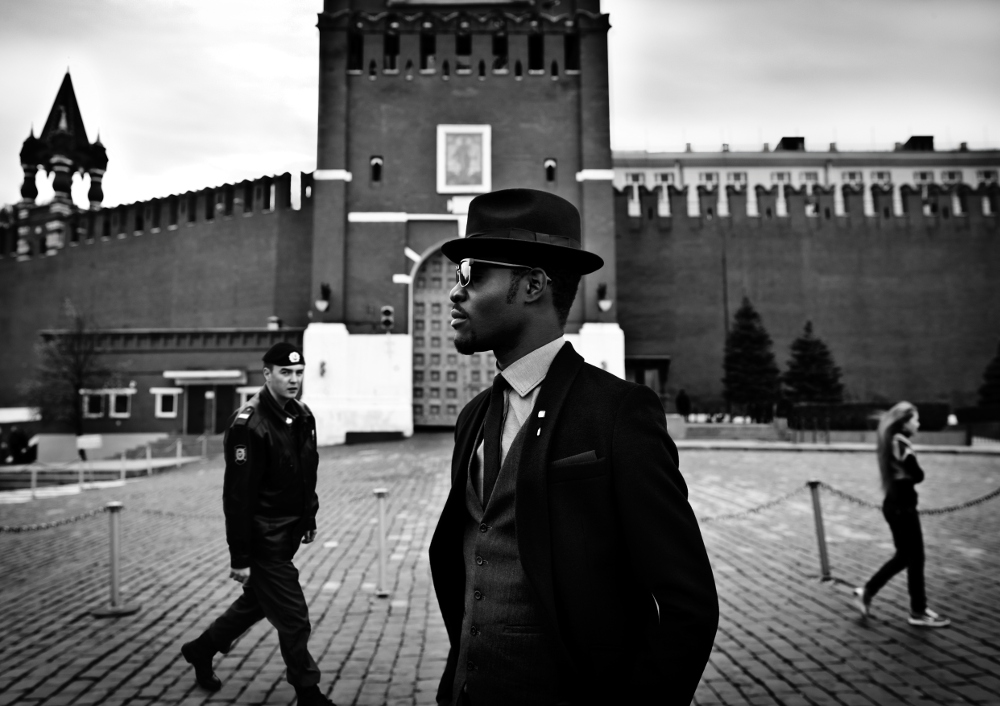

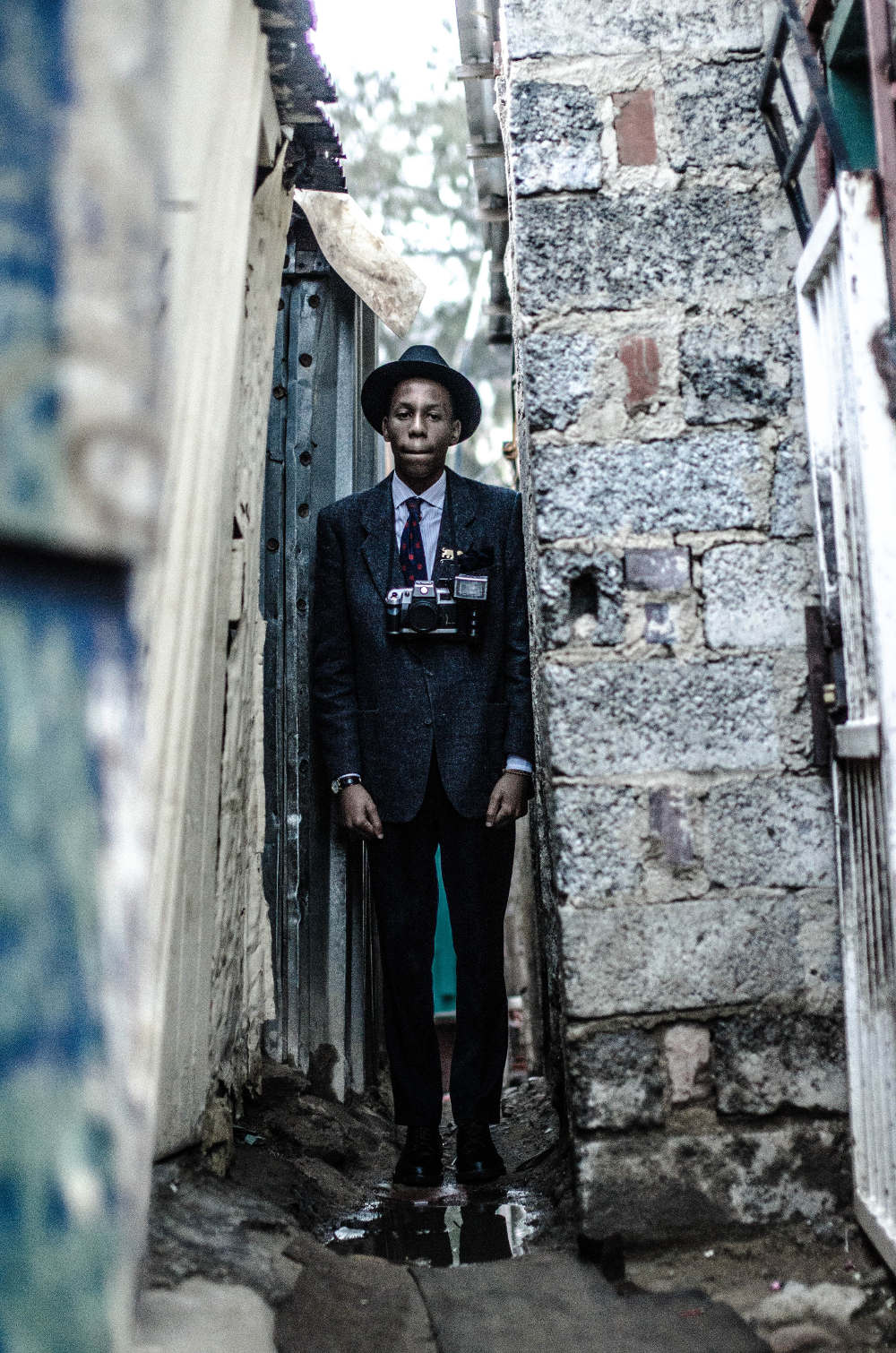
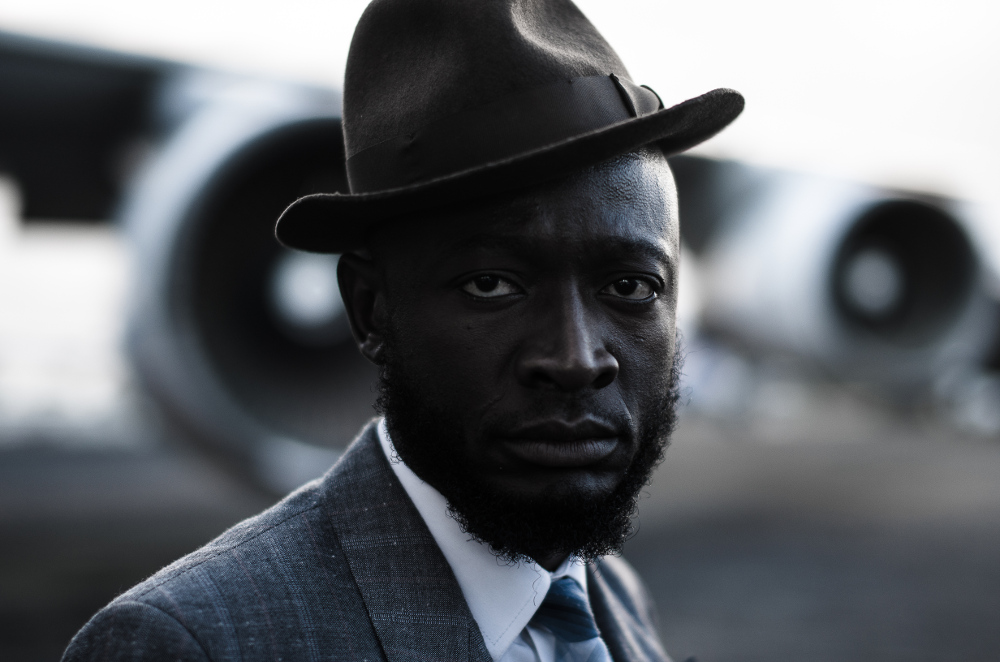
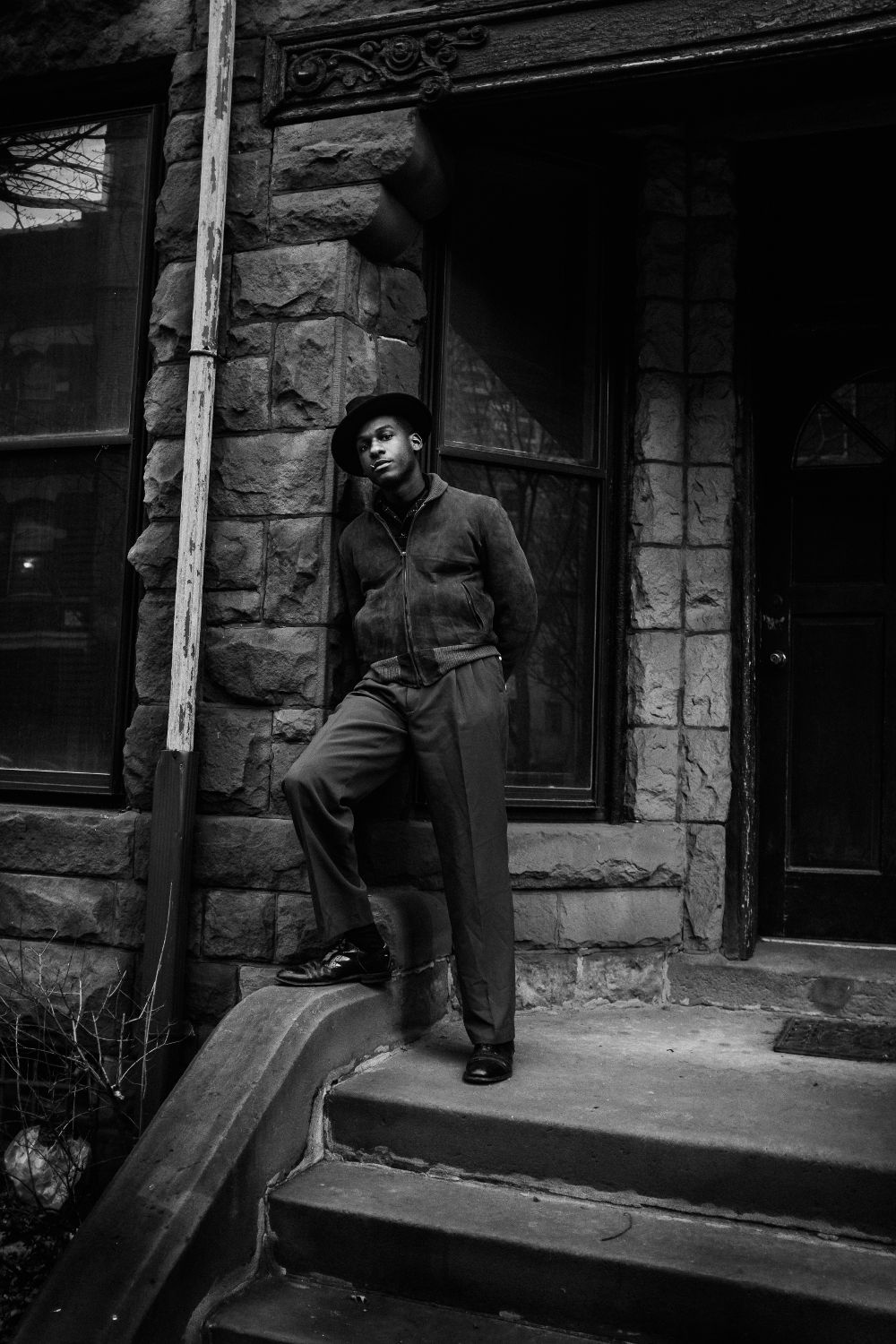

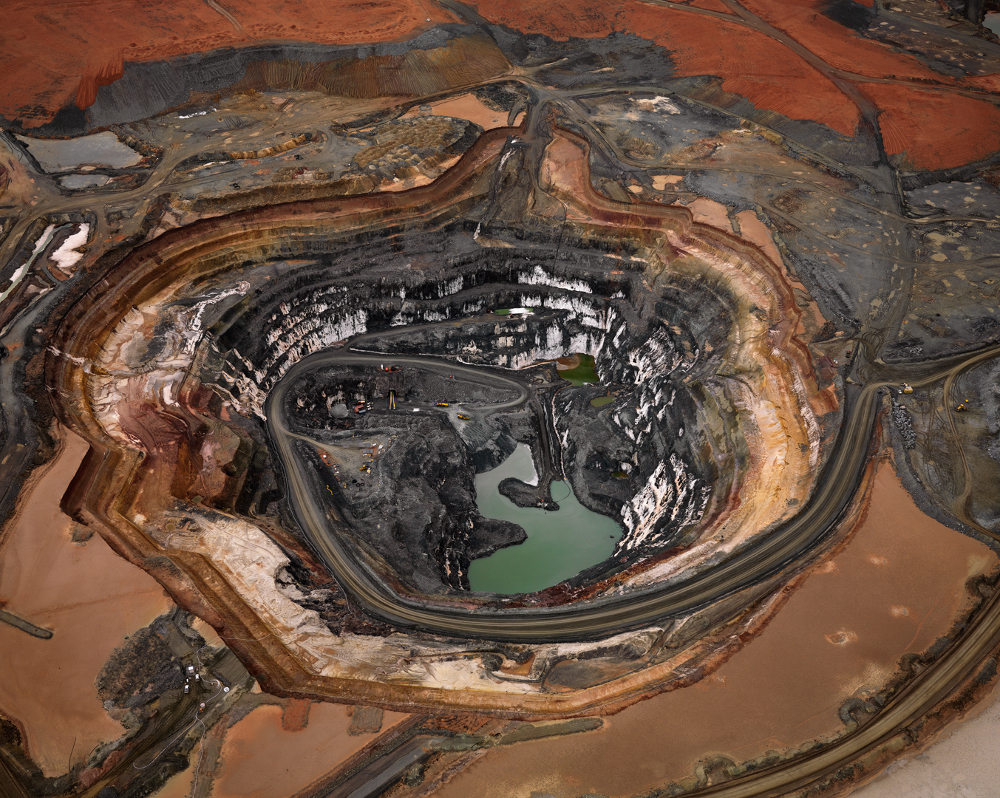
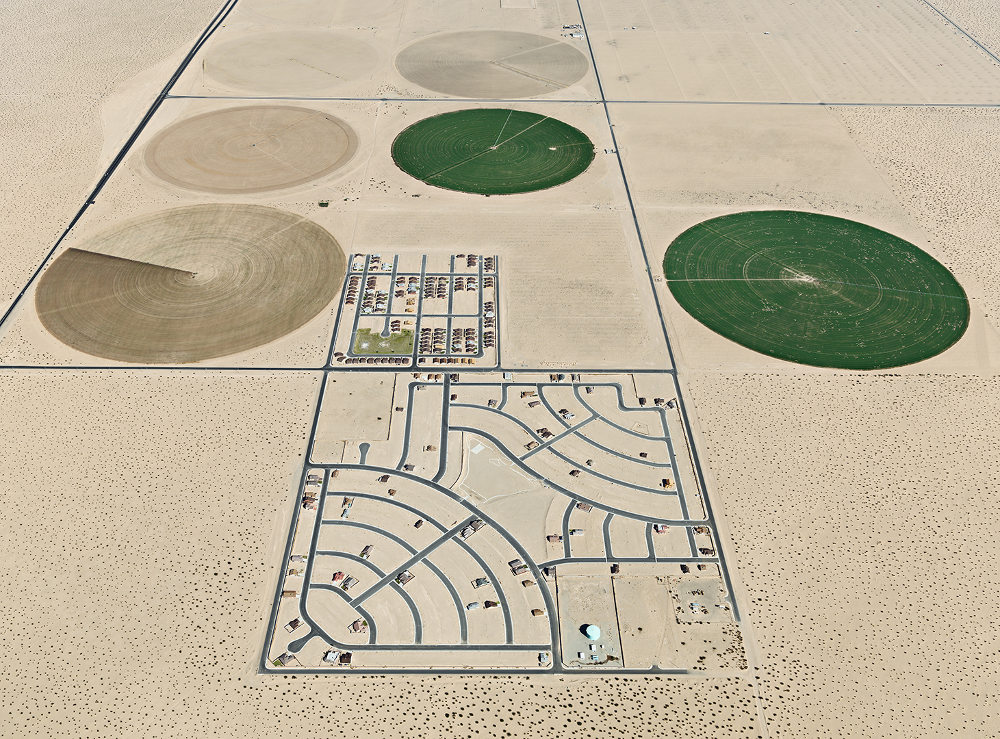
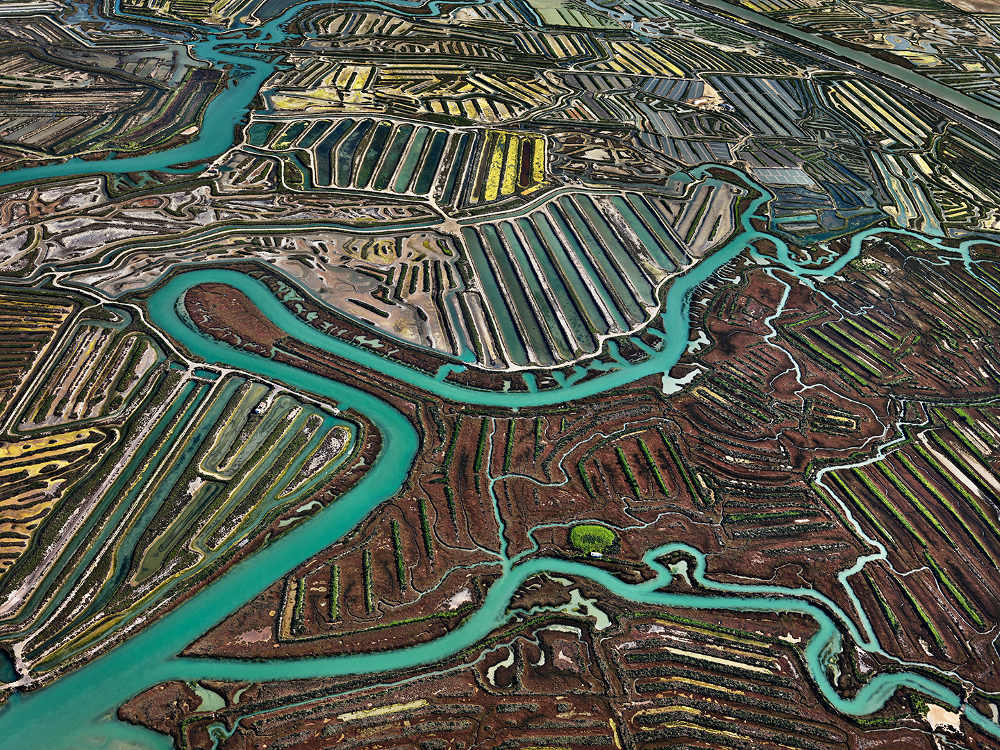
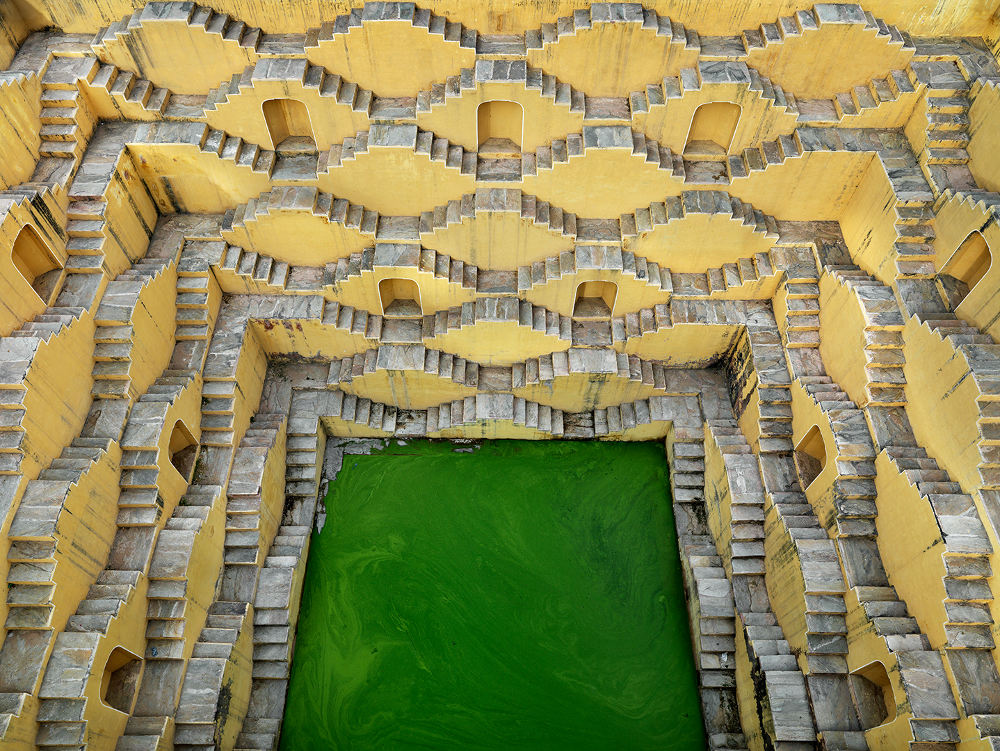

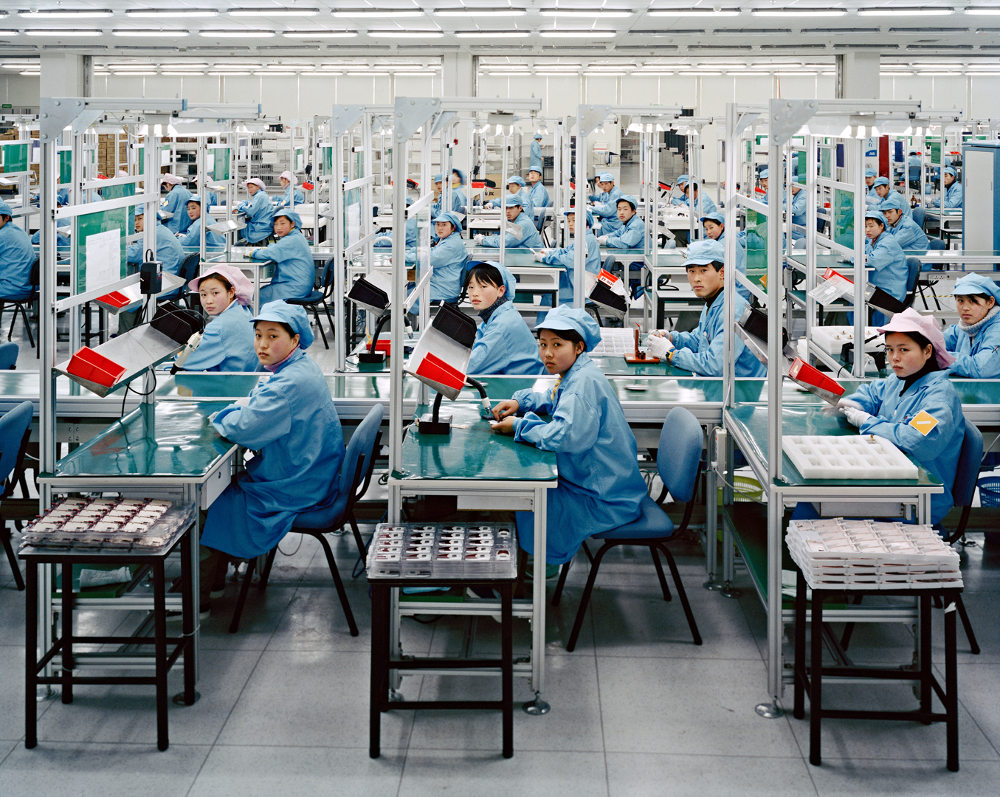
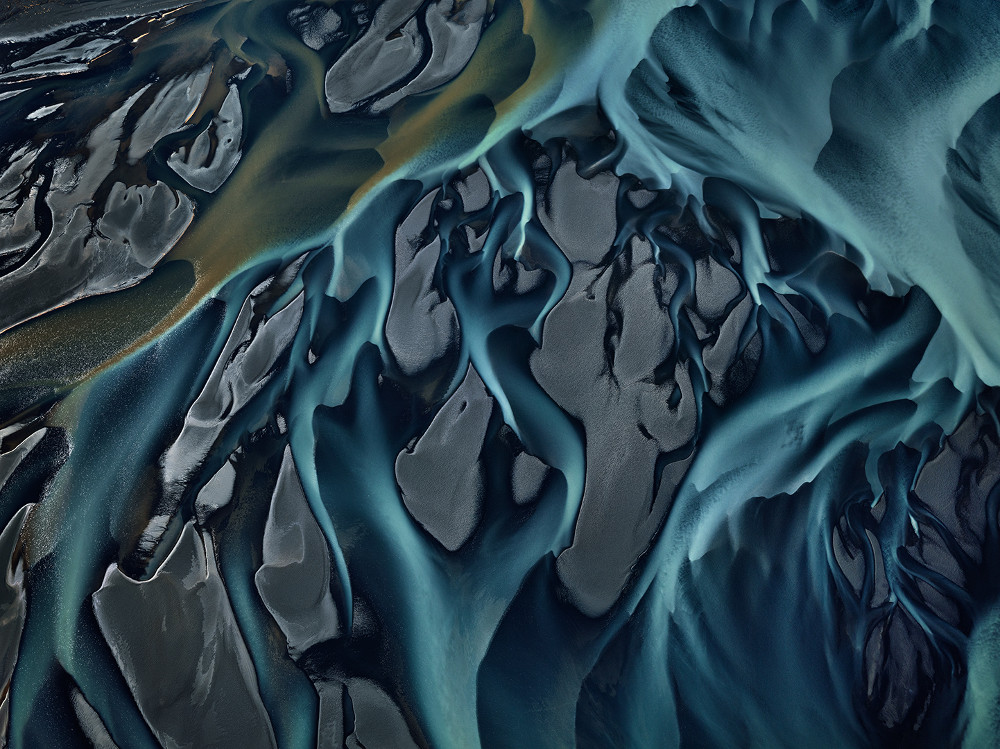
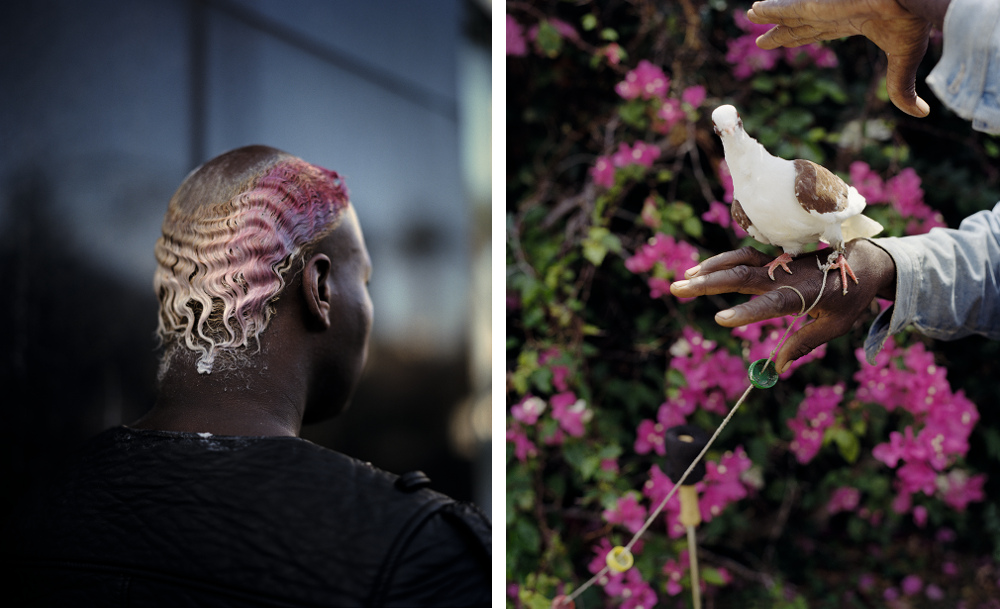
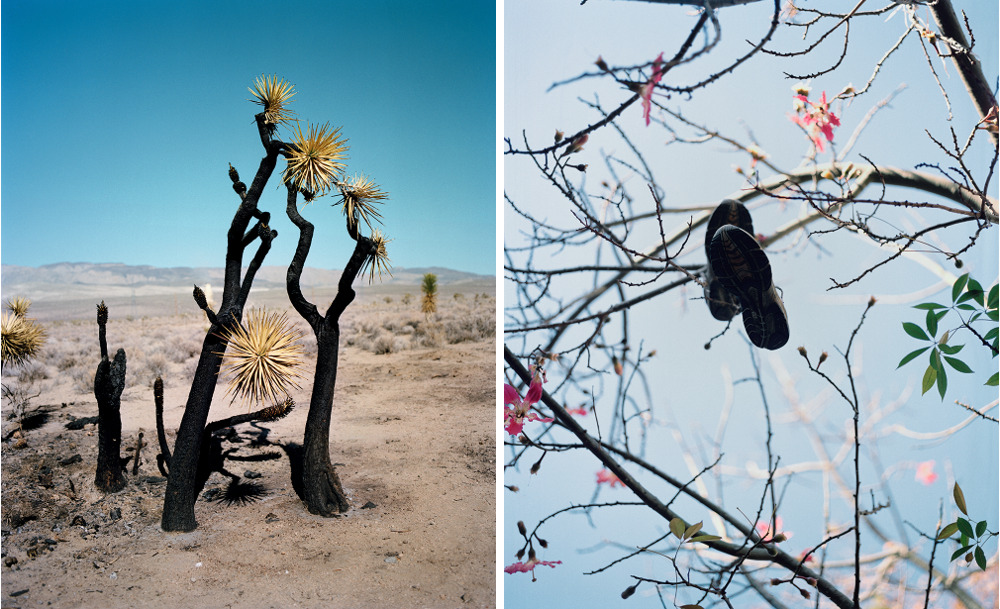
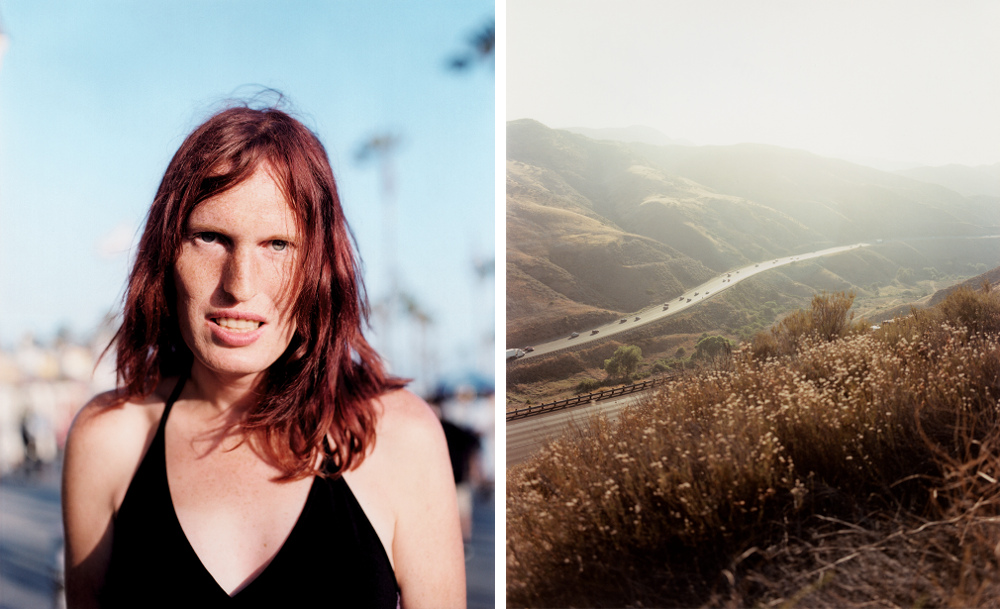
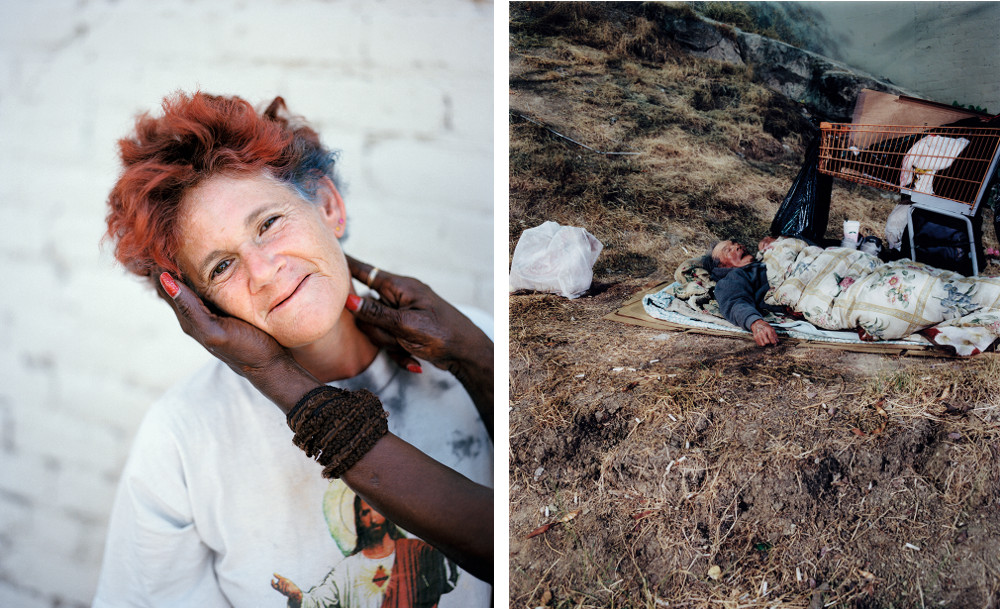
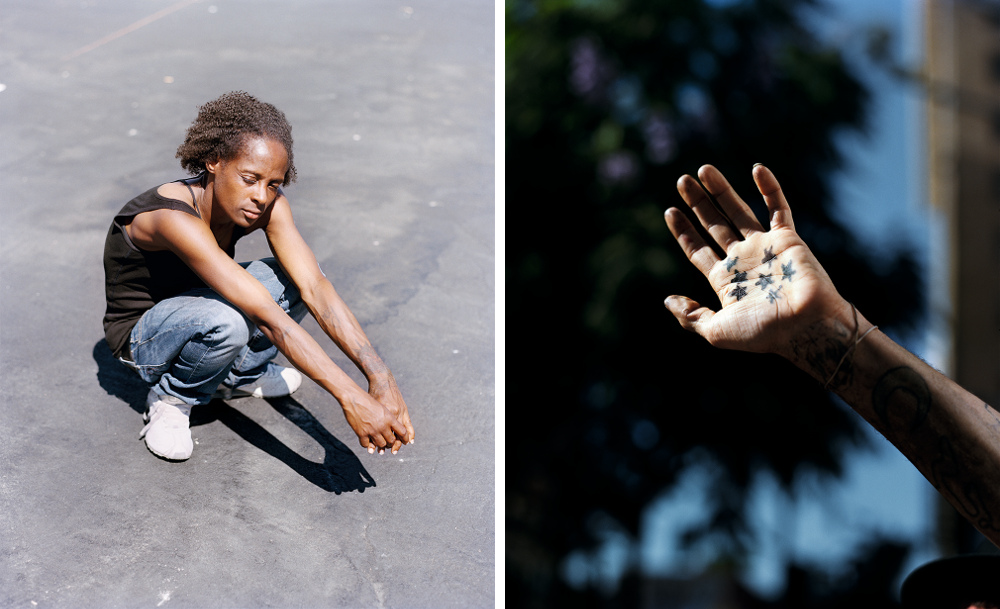 American photographer and Guggenheim Fellowship recipient Gregory Halpern shares the story behind ZZYZX, a visual journey from the Californian desert to the Pacific coast
American photographer and Guggenheim Fellowship recipient Gregory Halpern shares the story behind ZZYZX, a visual journey from the Californian desert to the Pacific coast